Purvai Rai
Gestures of Infinity
July 24—August 22, 2025
James Fuentes is pleased to present Purvai Rai, Gestures of Infinity, the Delhi and New York-based artist’s debut solo exhibition with the gallery.
Highly sculptural and steeped in inherited knowledge, Rai’s works emerge through labor-intensive techniques like weaving, stitching, dotting, knitting, gilding, and printmaking that require repeated movements over long periods of time. This exhibition emphasizes the durational, devotional, and intergenerational nature of Rai’s practice—where these gestures, passed down through maternal lines and communal labor, defy linear time. This body of work unfolds through Rai’s deep engagement with her homeland in Punjab and the 2020 farmers’ protests that took place at the border of Delhi, which took form as the communal preparation and sharing of meals. Rai draws on the devotional spirit found in Sikhism, Bhakti, and Sufi traditions, which view everyday acts such as cooking, stitching, or tending the land as sacred in their everyday repetition.
This spirituality grounds Rai’s work as an artist, carrying out the intimacy of craft alongside the labor of land as cosmological acts. Each work embodies this philosophy, whereby repeated motion is not merely a method but a carrier of memory, care, and resistance. Legacy Lines (2024) and Grain by Grain I (2024) both render these connections via a highly detailed application of thousands of painted dots, requiring several months to complete and materializing an abstracted aerial view of agrarian land. In Grain by Grain I as well as other works, Rai also introduces collaborative elements—such as the dense field of yarn that edges the composition, stitched by Rajni Bala of the artist’s ancestral village, Nawanpind Sardaran. Through this process, labor becomes both an act of surrender and a form of knowledge passed on; while co-creating opens up a transcendent space for this to take place.
For Rai, a gesture, however small or large, is never singular. Instead, it forms part of a durational act that extends far beyond the body and into the cosmos. Through this quiet expansion, knowledge is passed through hands rather than words; so that what is inherited becomes visible. In a poem describing this process, Rai articulates: “A gesture never begins, it persists.” She continues, “It repeats as insistence, resistance… a language. Not in monument, but in motion.” Transfiguring these ideas on a formal level, many of the works on view adapt more than one perspective or sense of scale at once (Patterns of Time series, 2023).
Grain of Gold (2024) adapts the sacred geometry and floral inlays of the Sri Harmandir Sahib (Golden Temple), the most significant shrine in Sikhism. At the same time, the work uses gold-leaf alongside strips of text from a school history textbook, struck through with lines of stitched thread. When Rai learned that such textbooks were updated to omit mention of peaceful protest in India post-independence, she reconfigured what remained to suggest another aerial terrain. In other works, two images or patterns merge into one to present a double-view, simultaneously representing the interior and exterior; the domestic and agricultural; home and wilderness. Beyond an obviously flattened aerial or frontal view, Rai often introduces a third axis. In Golden Grid (2025), gilded squares recall cadastral maps and architectural blueprints, while pointing to the inherited systems of value (gold) reliant upon colonial extraction and economic power.
By establishing that third axis, Rai adds the depth of soil and those histories cultivated—sometimes buried—beneath the surface. For Nani taught me how to listen with my hands (2025), Rai created industrially scaled bricks using wood, wrapping each in wool—returning to her first learned material, taught by her grandmother (Nani). The volume of these bricks mark a shift from the Nanak Shahi bricks once central to Sikh architecture, including the Golden Temple, toward contemporary, mass-produced construction materials that layer atop the old. Wrapped in yarn, the bricks once again change to become softened containers of memory. The larger tapestry echoes the design of her grandmother’s boundary wall. From inside each of the ever-expanding gestures, Rai reflects on the architecture of care as something soft but solid, enclosing yet embracing, and eternal in its powerful impermanence.
Purvai Rai (b. 1994, New Delhi, India) graduated with an MFA from the Yale School of Art in 2025, and BFA from Srishti Institute of Art, Design & Technology in Bangalore in 2017. She has been included in exhibitions at THK Gallery, Cape Town; and Gallery Espace, New Delhi. She was a 2024 Artist-in-Residence at the Henry Moore Foundation, United Kingdom. She is currently on view at Perrotin Gallery, New York; Nunu Fine Art, New York. Her work is in the collection of the Kiran Nadar Museum of Art (KNMA), India. Purvai lives and works between New York and New Delhi.
We would like to thank Peter Robbins for the introduction to the artist.
The exhibition was organized by Katrin Lewinsky.
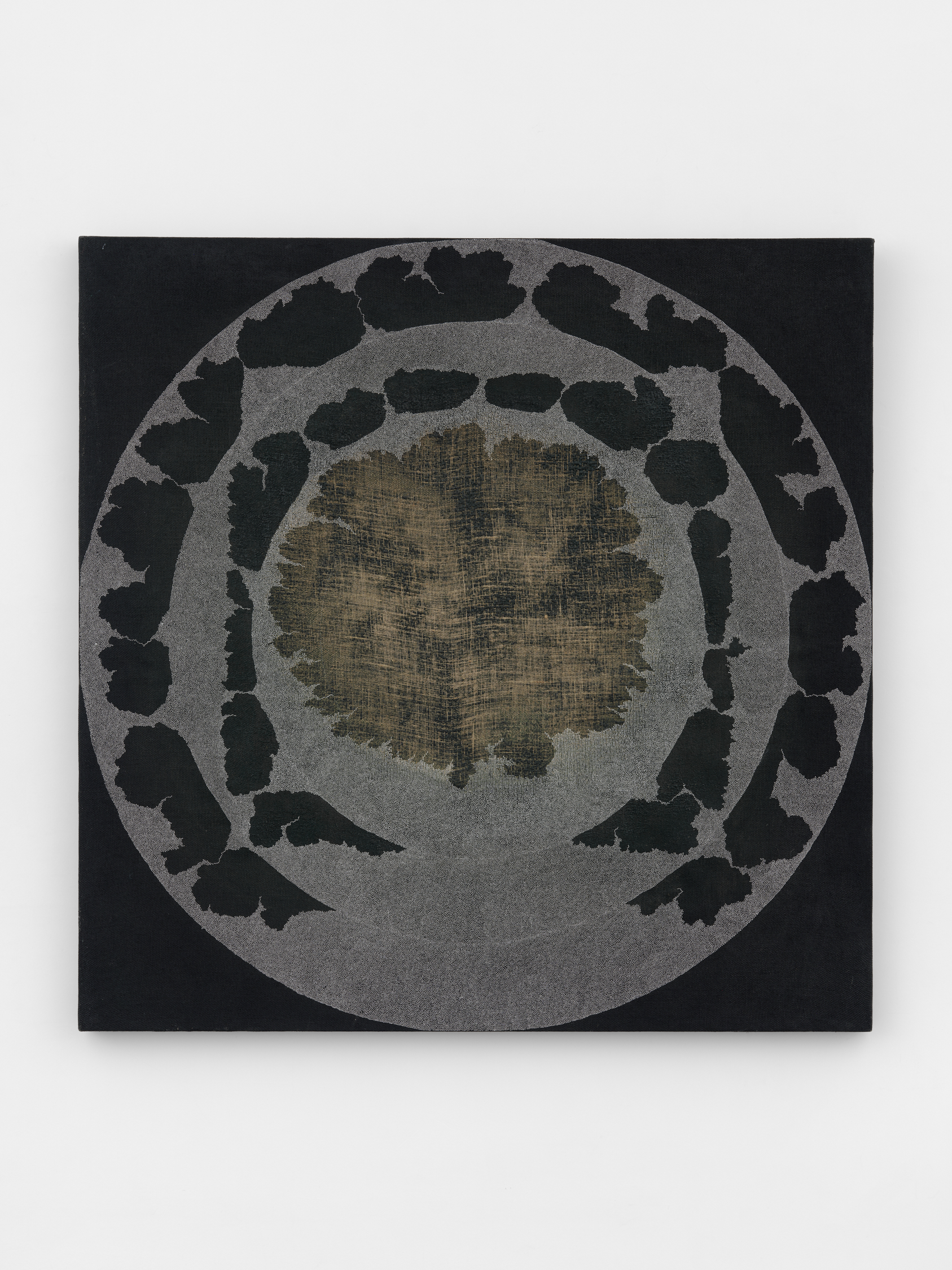
Legacy Lines, 2024
Acrylic on burlap
60 x 60 inches
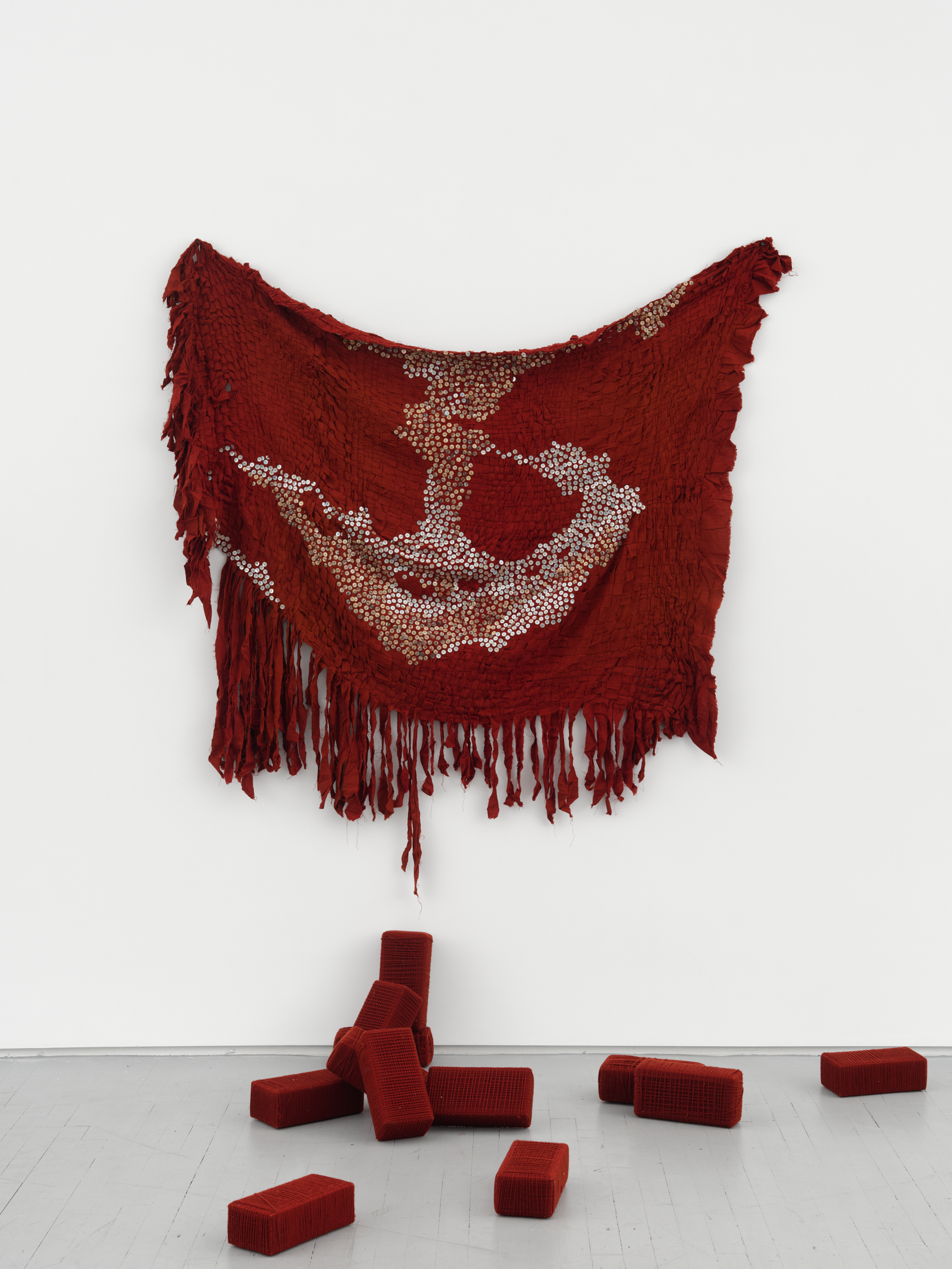
Nani taught me how to listen with my hands, 2024
Cotton blend fabric, shell buttons, synthetic wool and wood
Textile: 55 x 65 inches
Brick: 7 5/8 x 3 5/8 x 2 1/4 inches (each)
(PR 07)
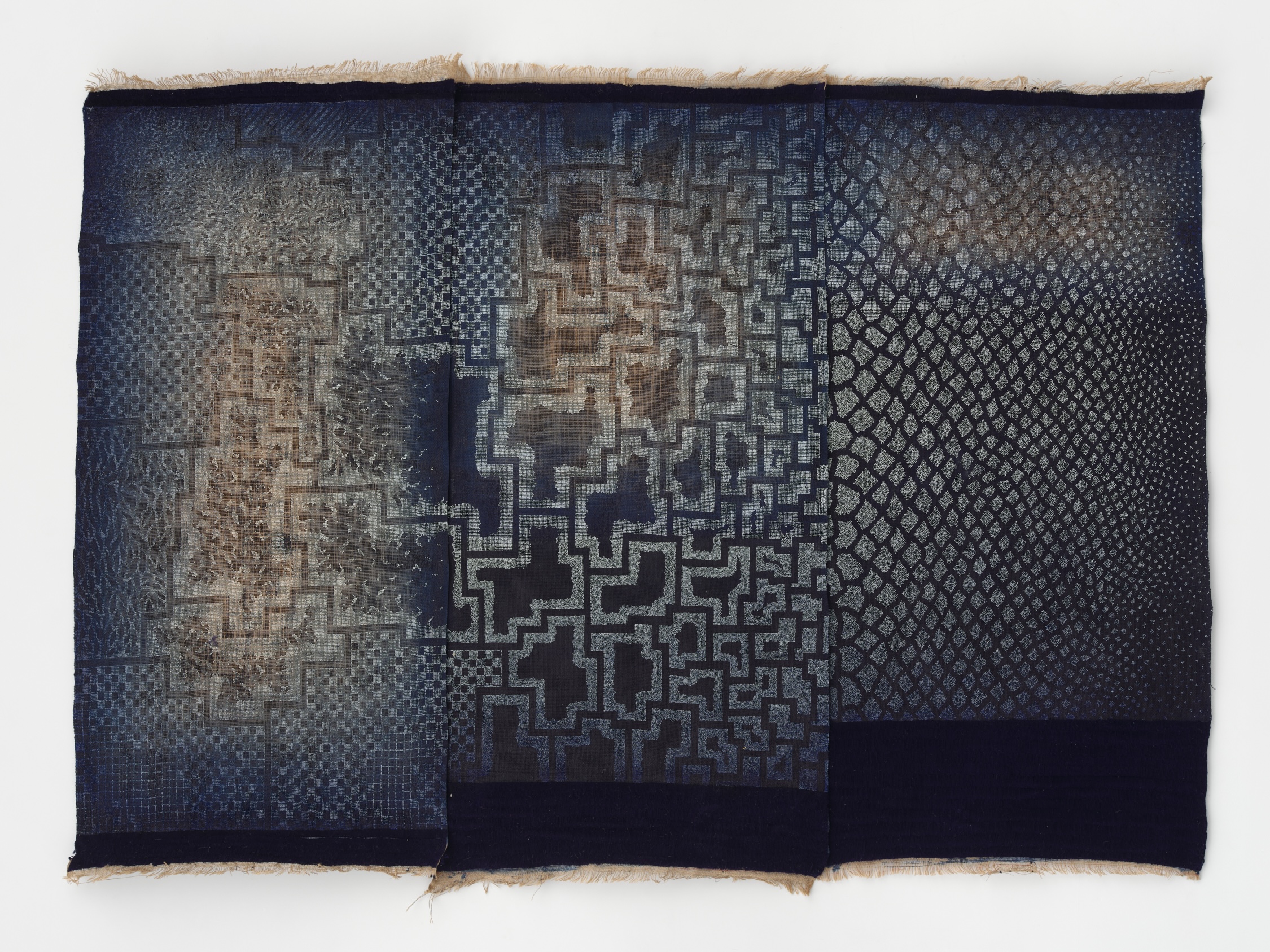
Grain by Grain 1, 2024
Wool embroidery, acrylic, on Jute fabric (burlap) and Basmati Rice
Embroidery by Rajni Bala
104 x 73 inches
Variable size (in this installation 150 x 120 inches approx)
(PR 01)

More, again, 2024
Wall paint and acrylic on board
48 x 24 inch
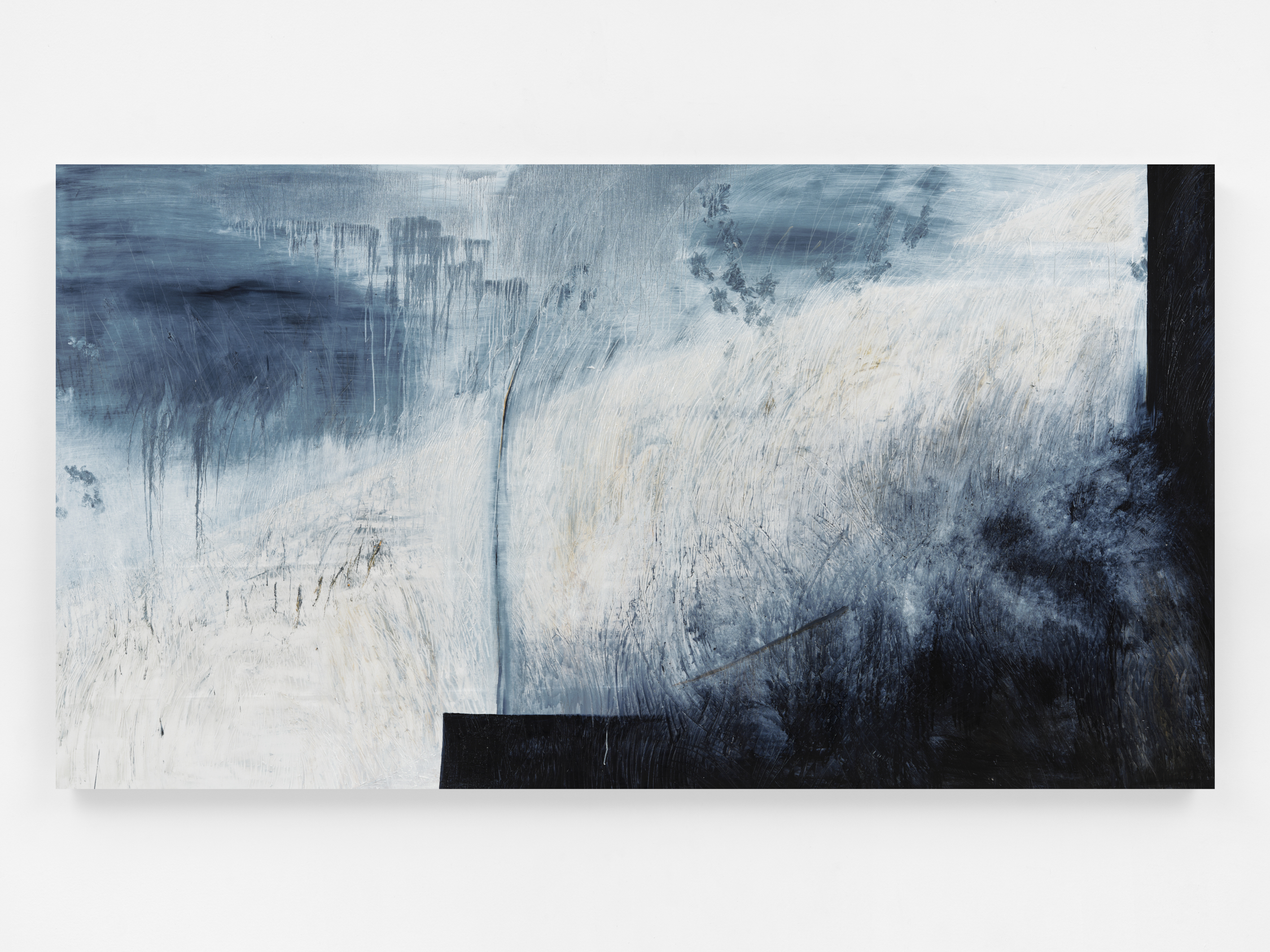
Silence 1, 2025
Oil on Canvas
76 x 140 inch
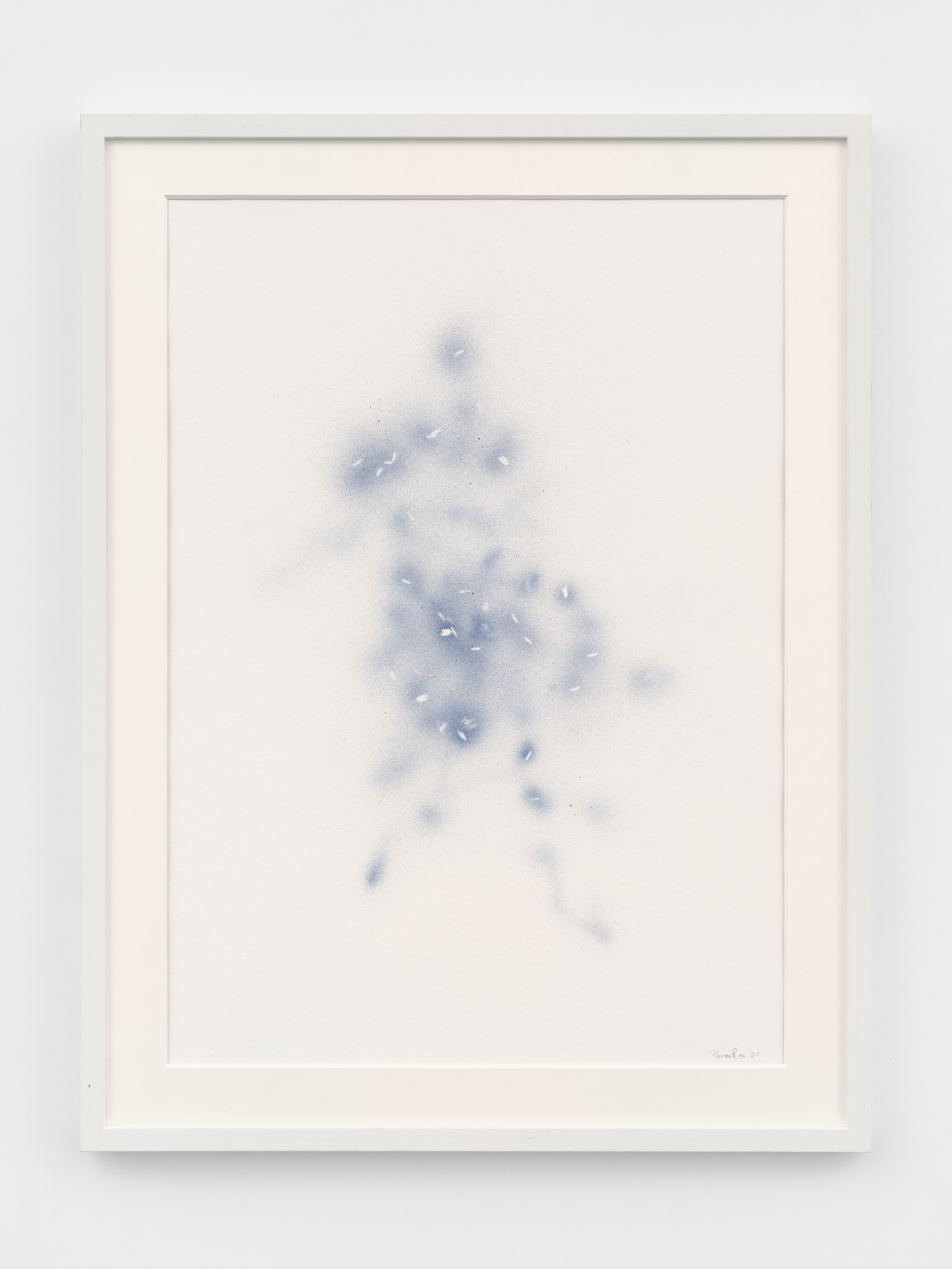
Grain by Grain 6, 2023
Acrylic on Archival Paper
33 x 23 inches
35 1/2 x 25 1/2 x 1 1/4 inches (framed)
(PR 04)
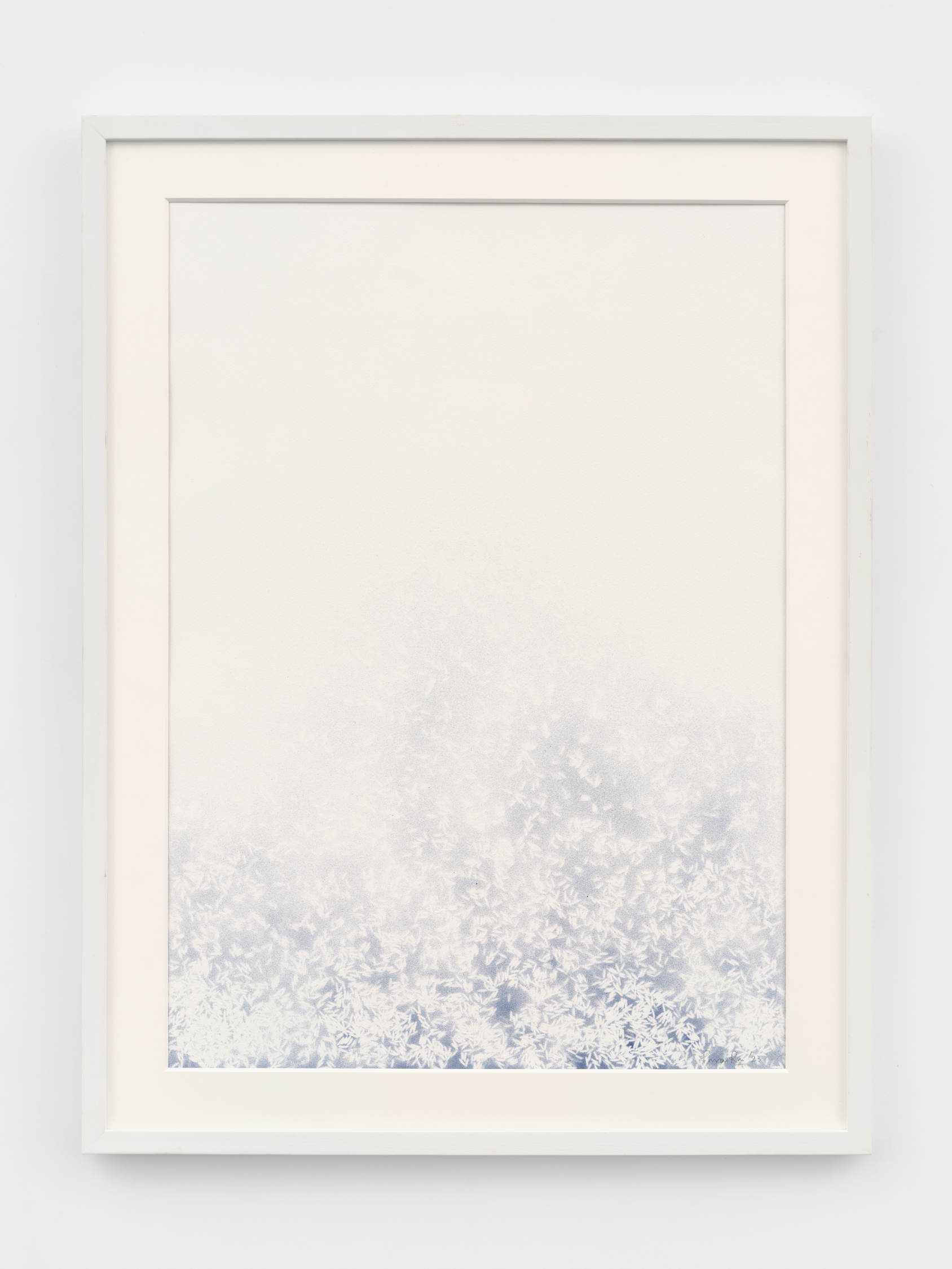
Grain by Grain 4, 2023
Acrylic on Archival Paper
33 x 23 inches
35 1/2 x 25 1/2 x 1 1/4 inches (framed)
(PR 03)
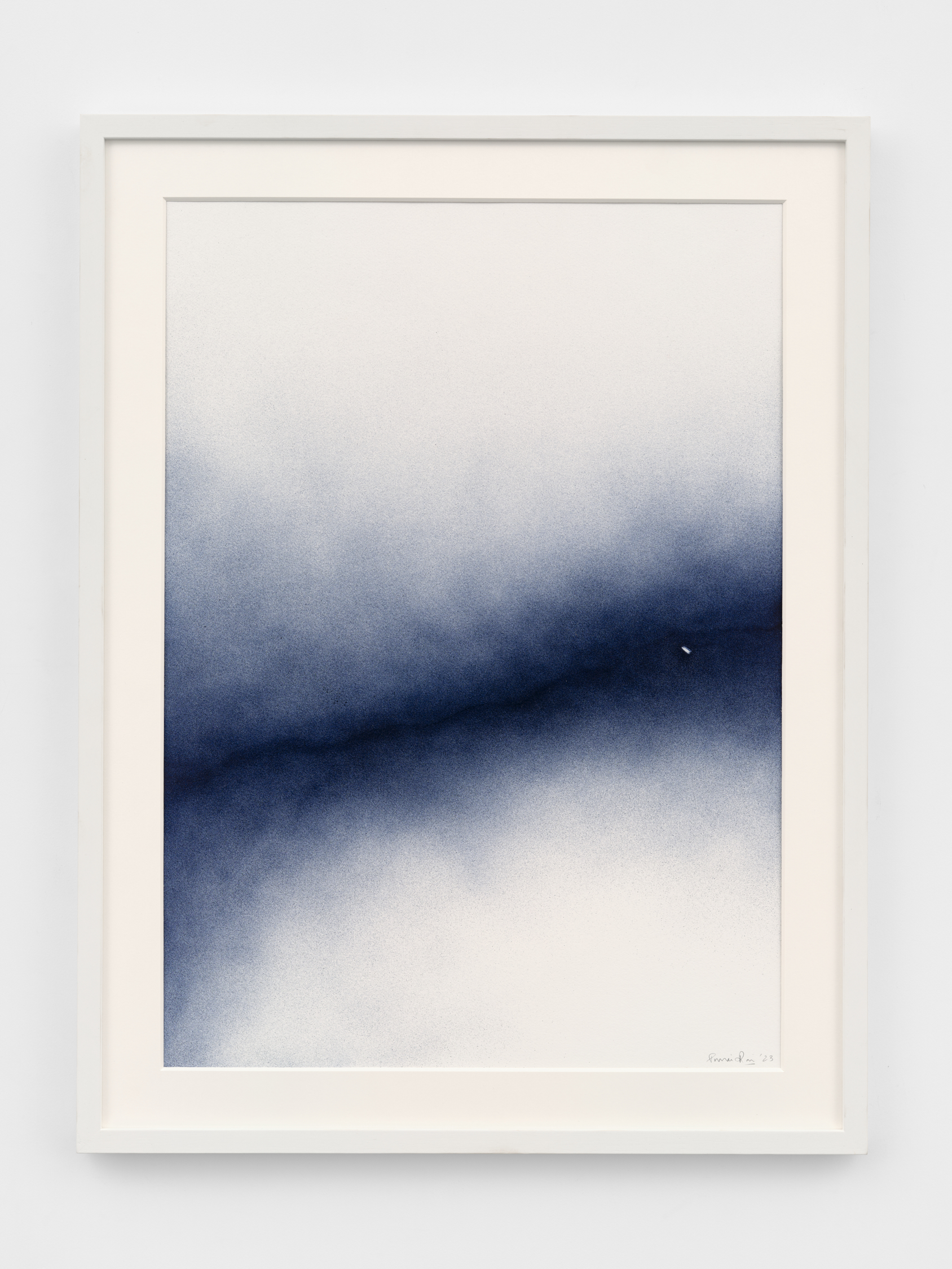
Grain by Grain 2, 2023
Acrylic on Archival Paper
33 x 23 inches
35 1/2 x 25 1/2 x 1 1/4 inches (framed)
(PR 20)
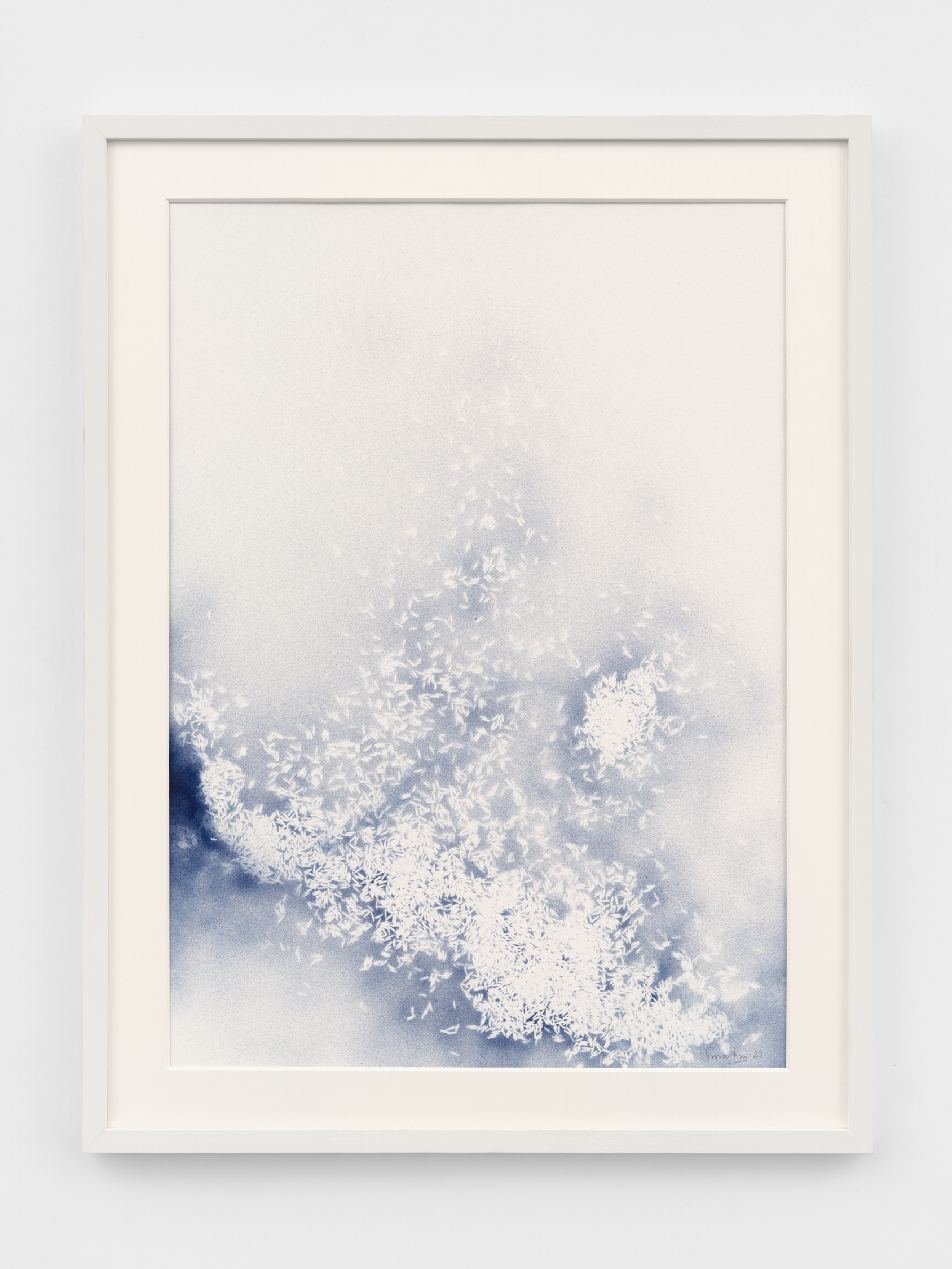
Grain by Grain 5, 2023
Acrylic on Archival Paper
33 x 23 inches
35 1/2 x 25 1/2 x 1 1/4 inches (framed)
(PR 02)
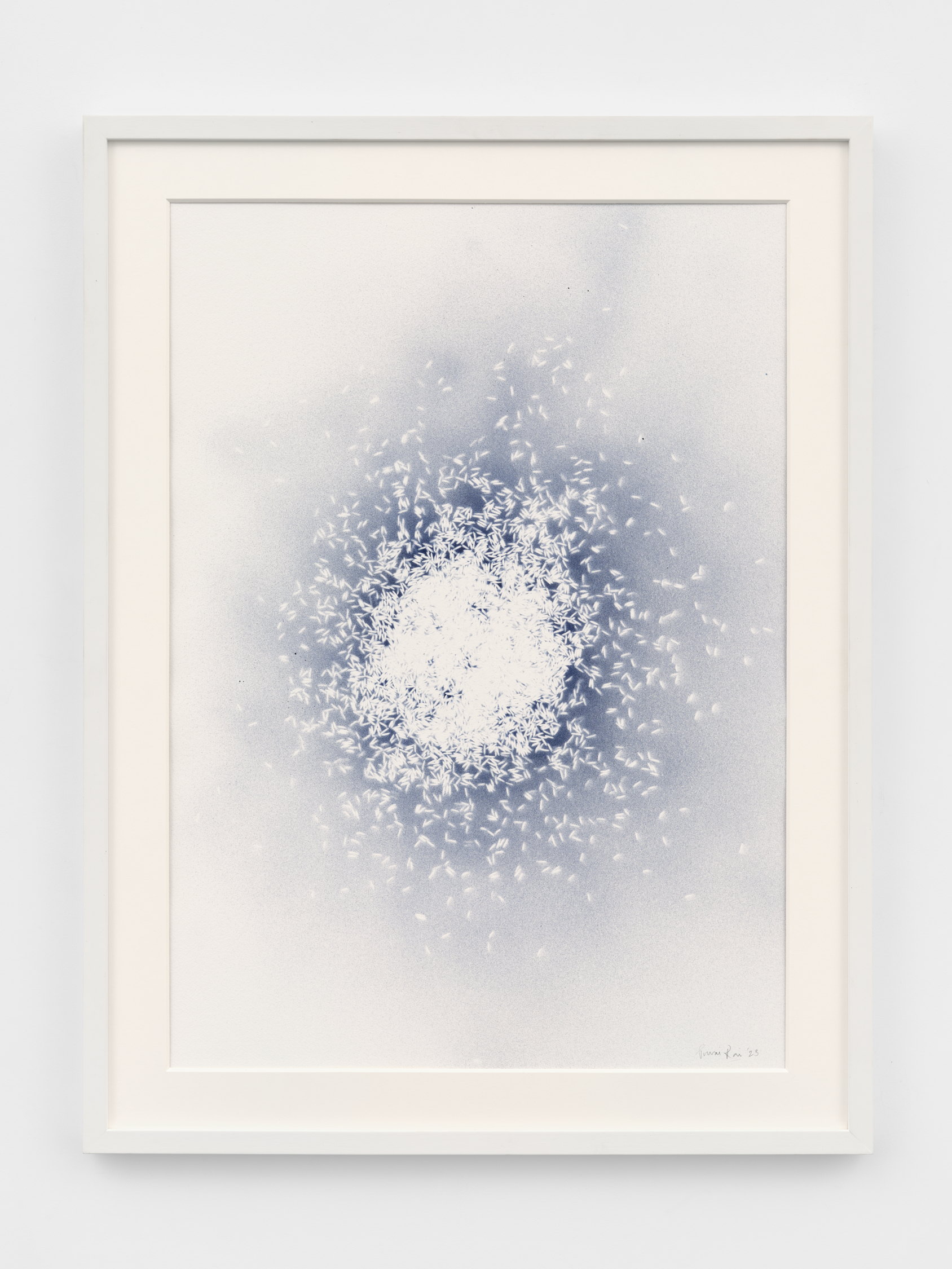
Grain by Grain 3, 2023
Acrylic on Archival Paper
33 x 23 inches
35 1/2 x 25 1/2 x 1 1/4 inches (framed)
(PR 19)
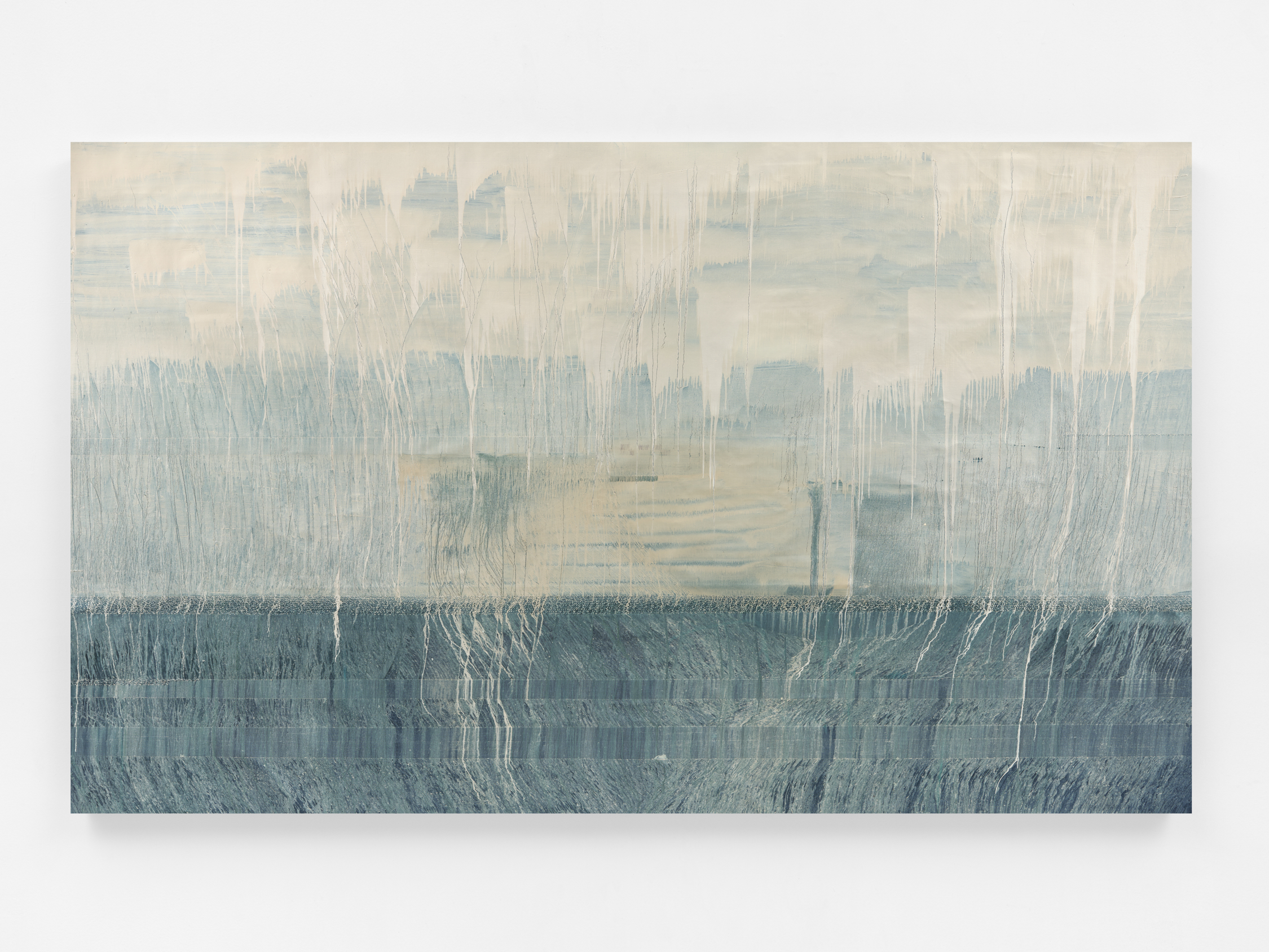
Silence 2, 2024
Oil on Canvas
76 x 128 inch
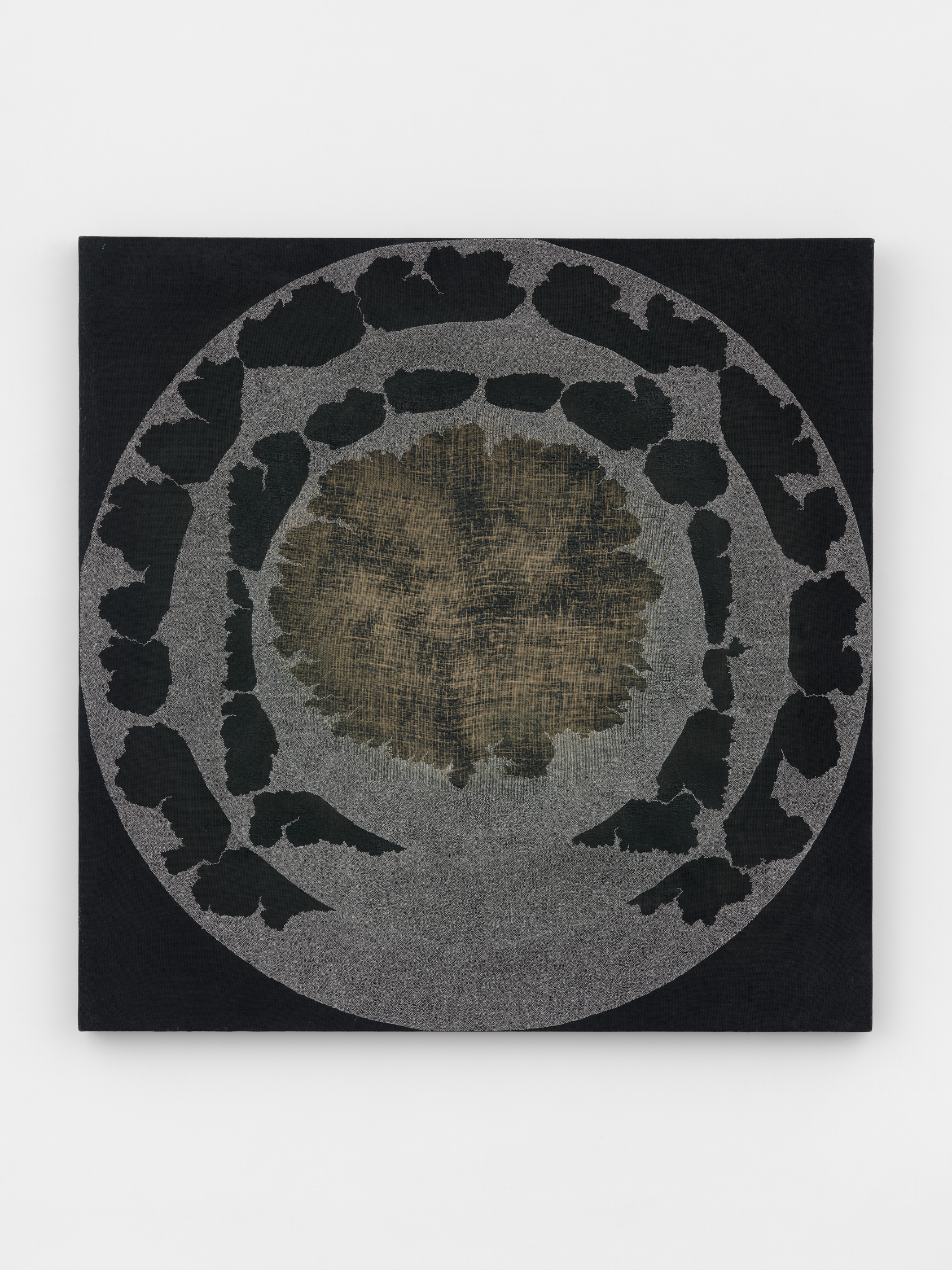
Legacy lines, 2024
Acrylic on burlap
60 x 60 inches
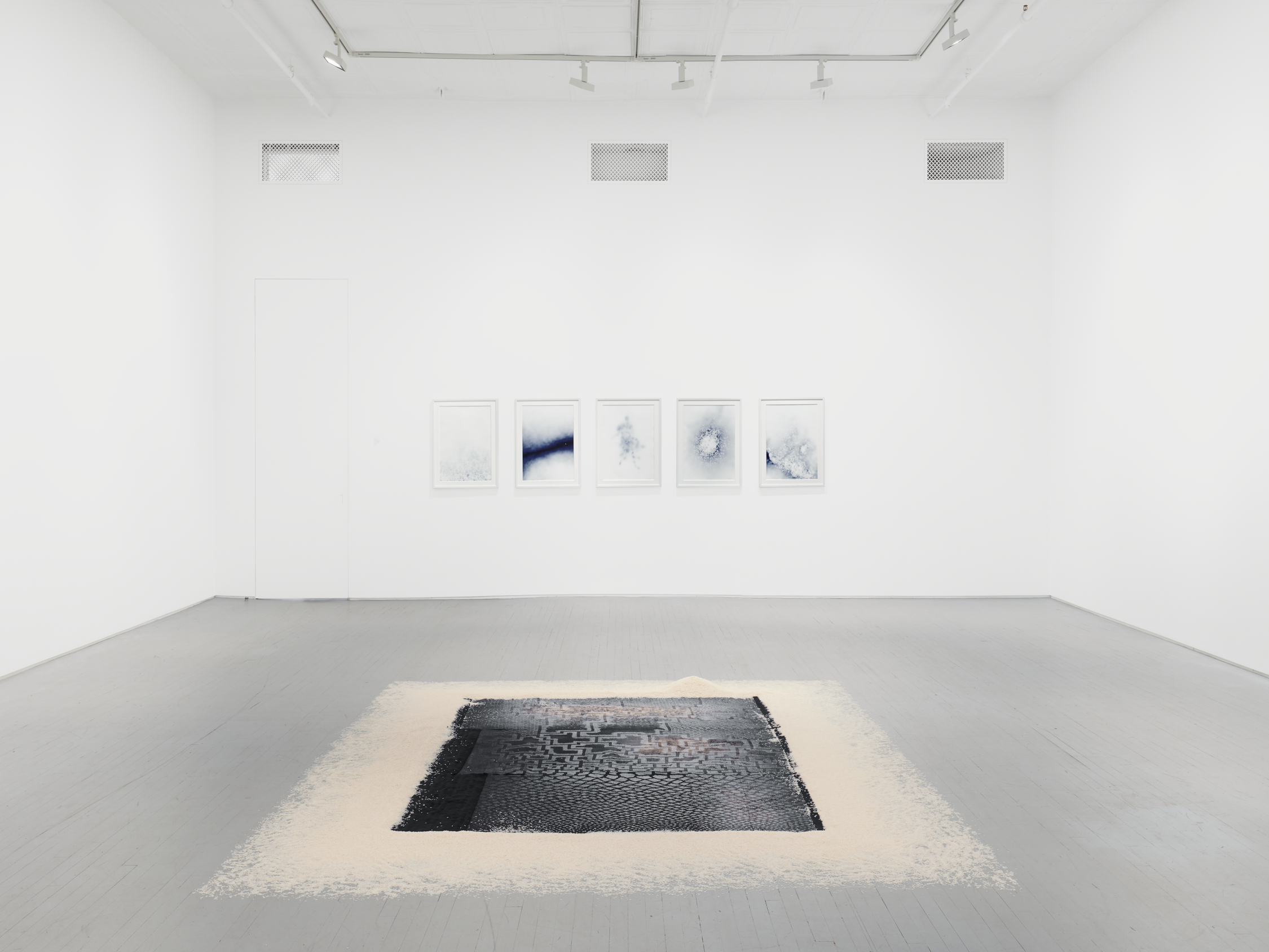
Installation view, Gestures of Infinity, James Fuentes, New York, 2025
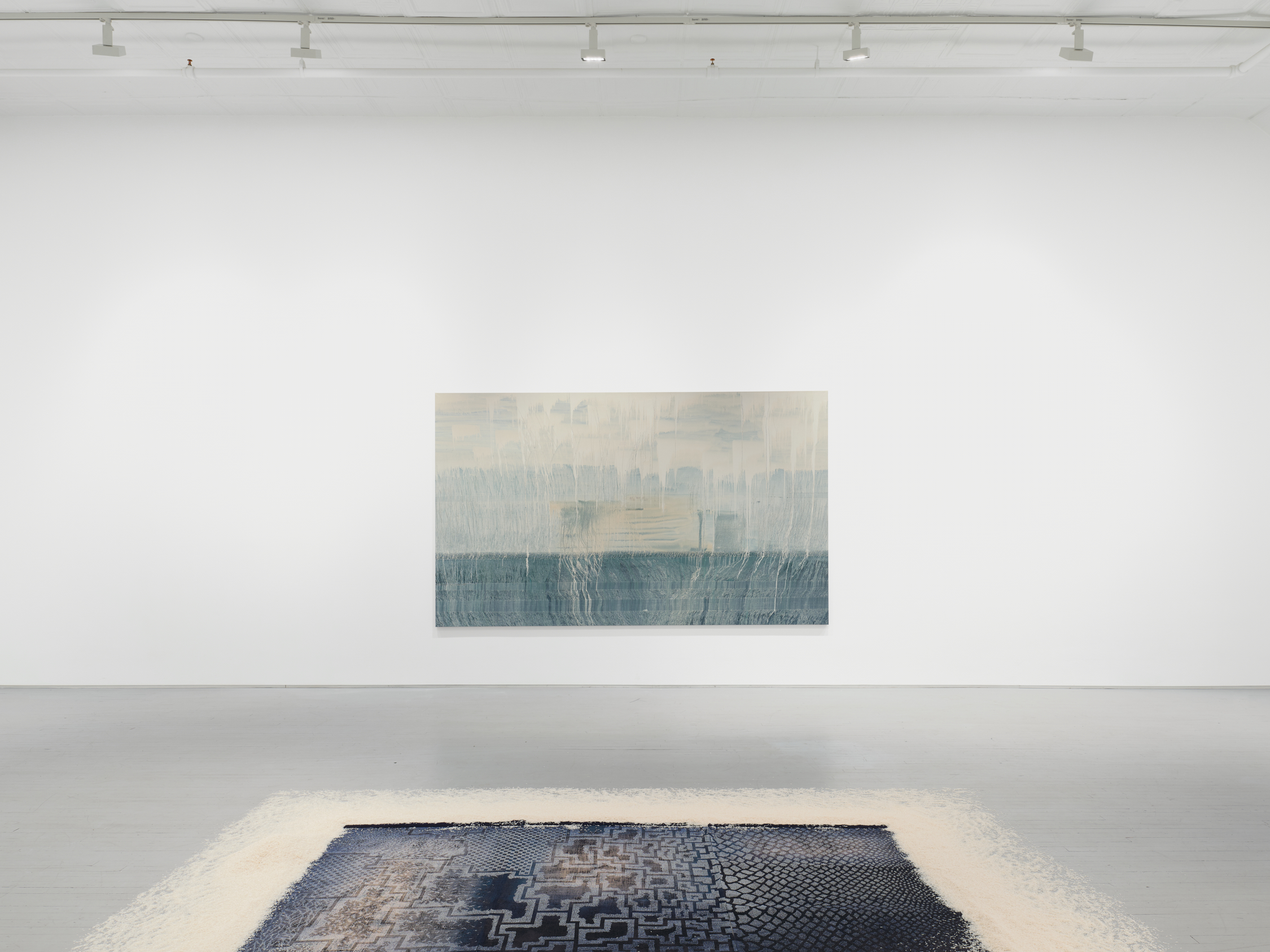
Installation view, Gestures of Infinity, James Fuentes, New York, 2025
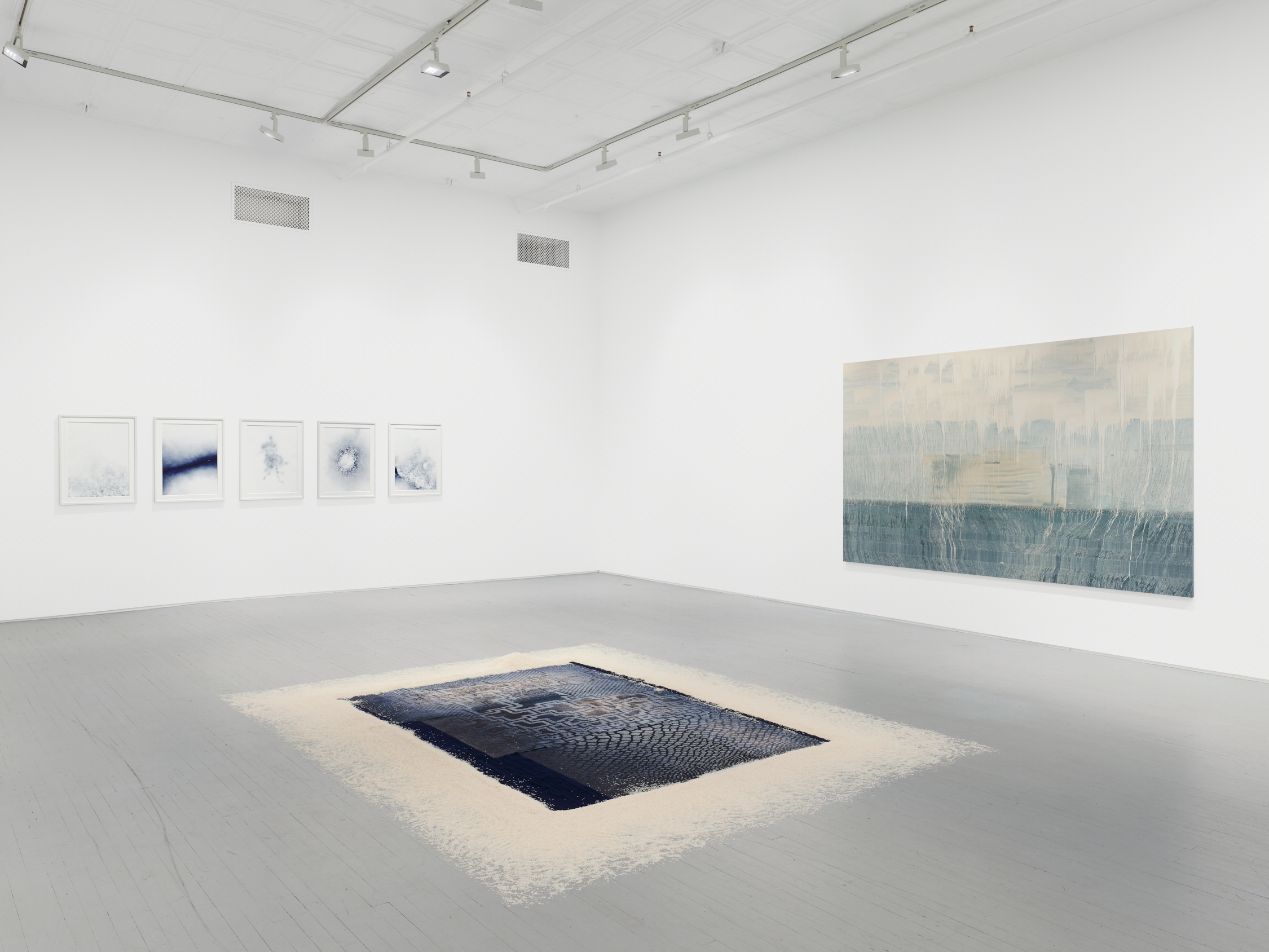
Installation view, Gestures of Infinity, James Fuentes, New York, 2025
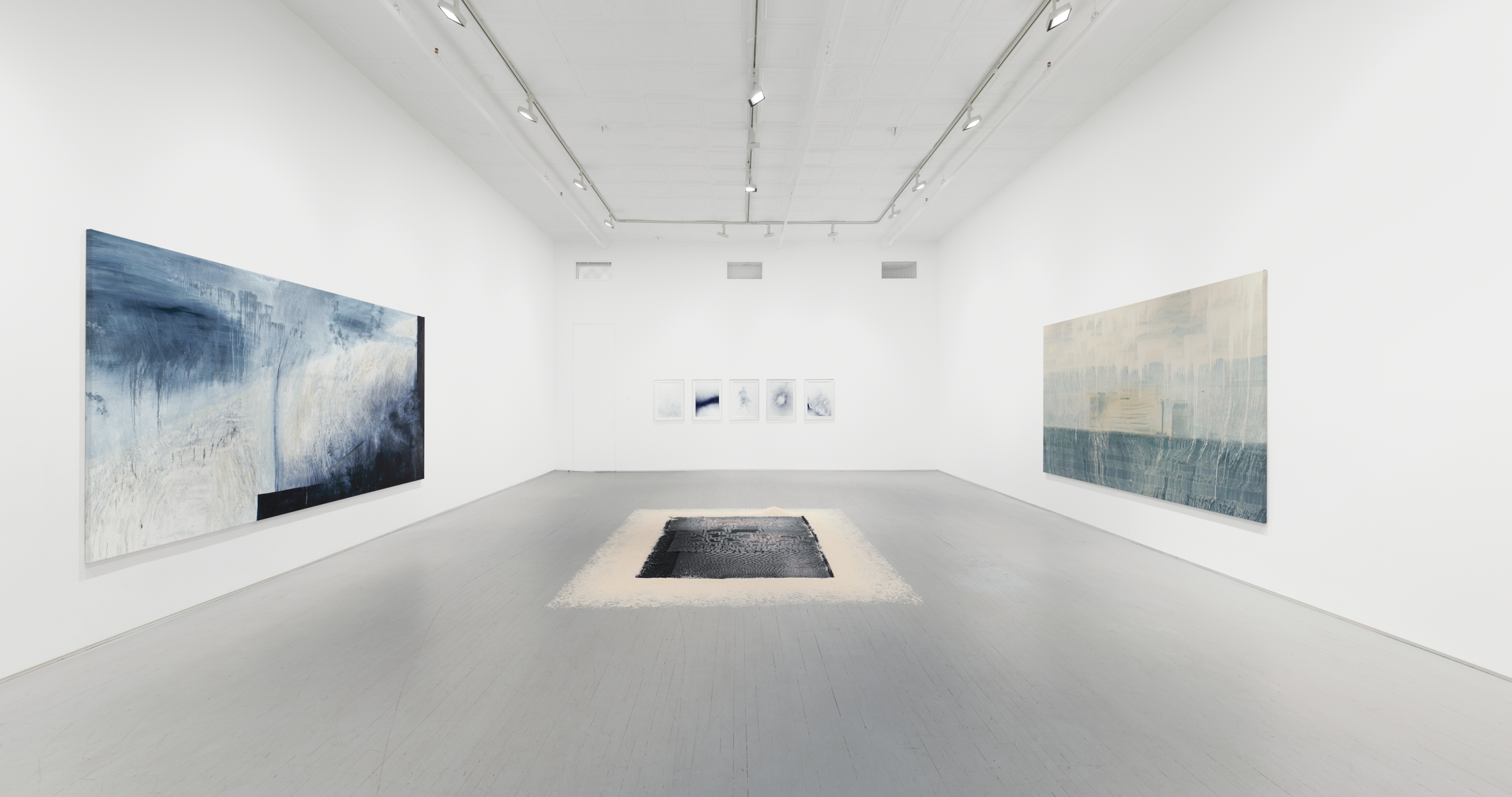
Installation view, Gestures of Infinity, James Fuentes, New York, 2025
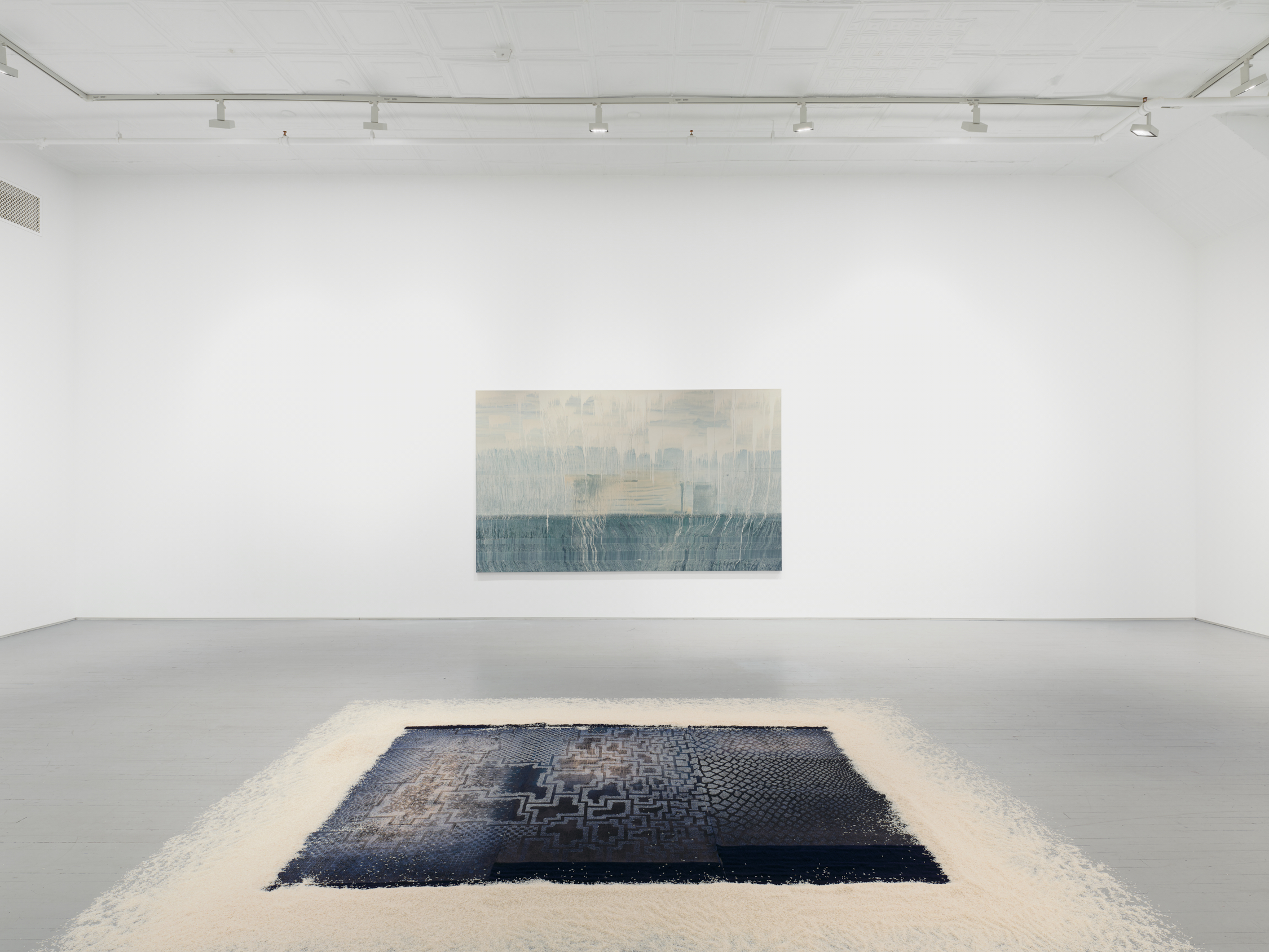
Installation view, Gestures of Infinity, James Fuentes, New York, 2025
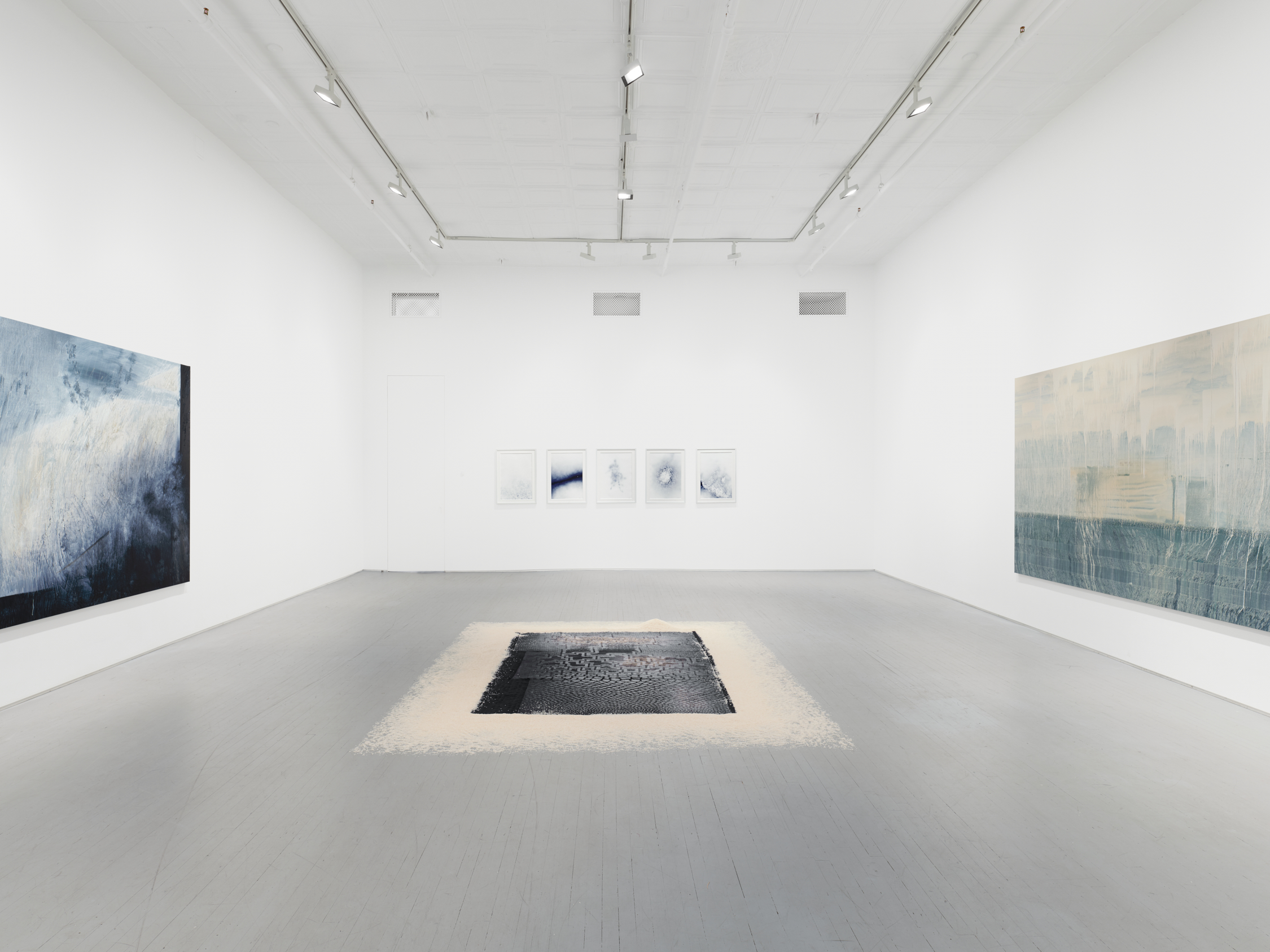
Installation view, Gestures of Infinity, James Fuentes, New York, 2025
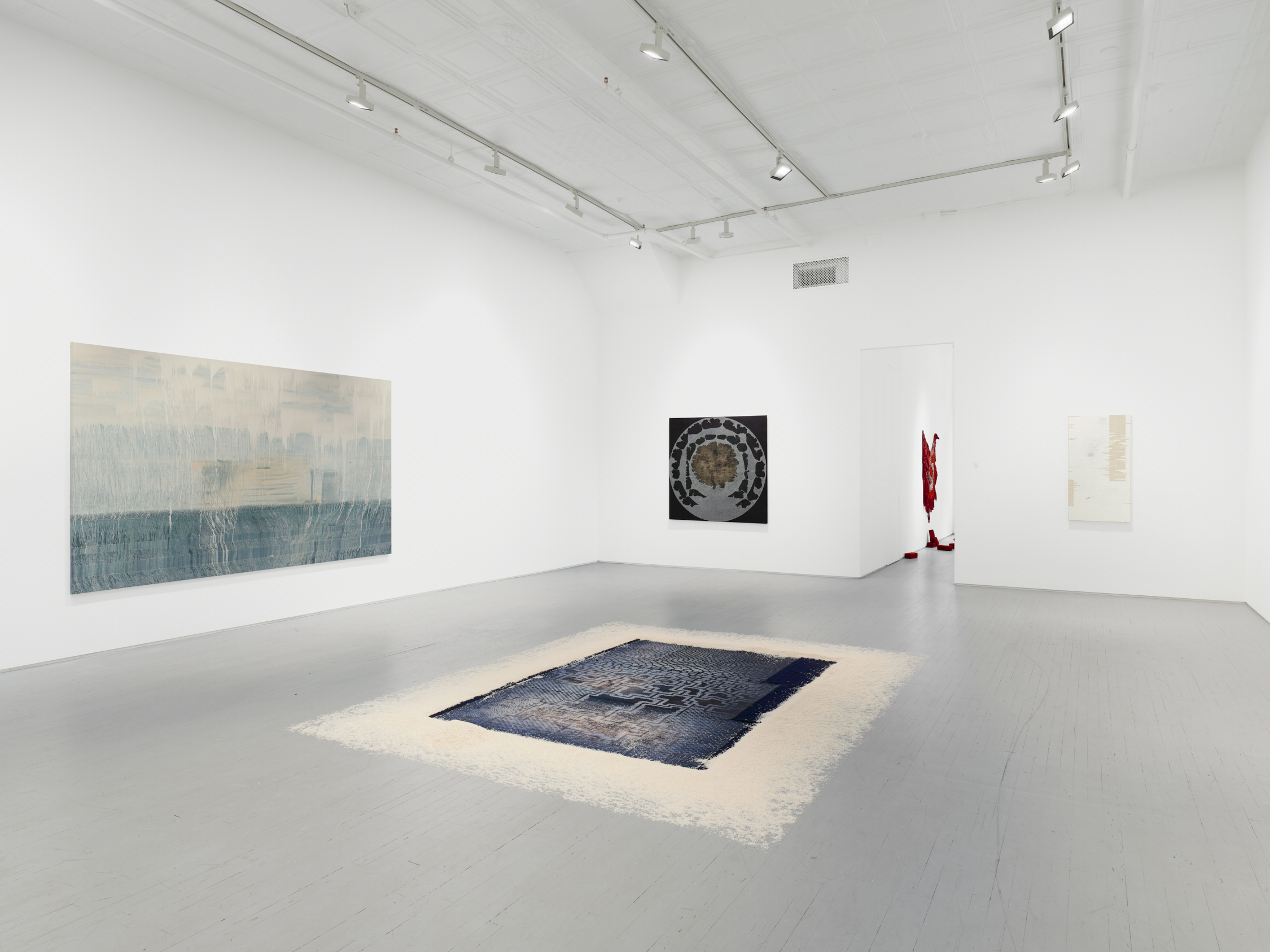
Installation view, Gestures of Infinity, James Fuentes, New York, 2025
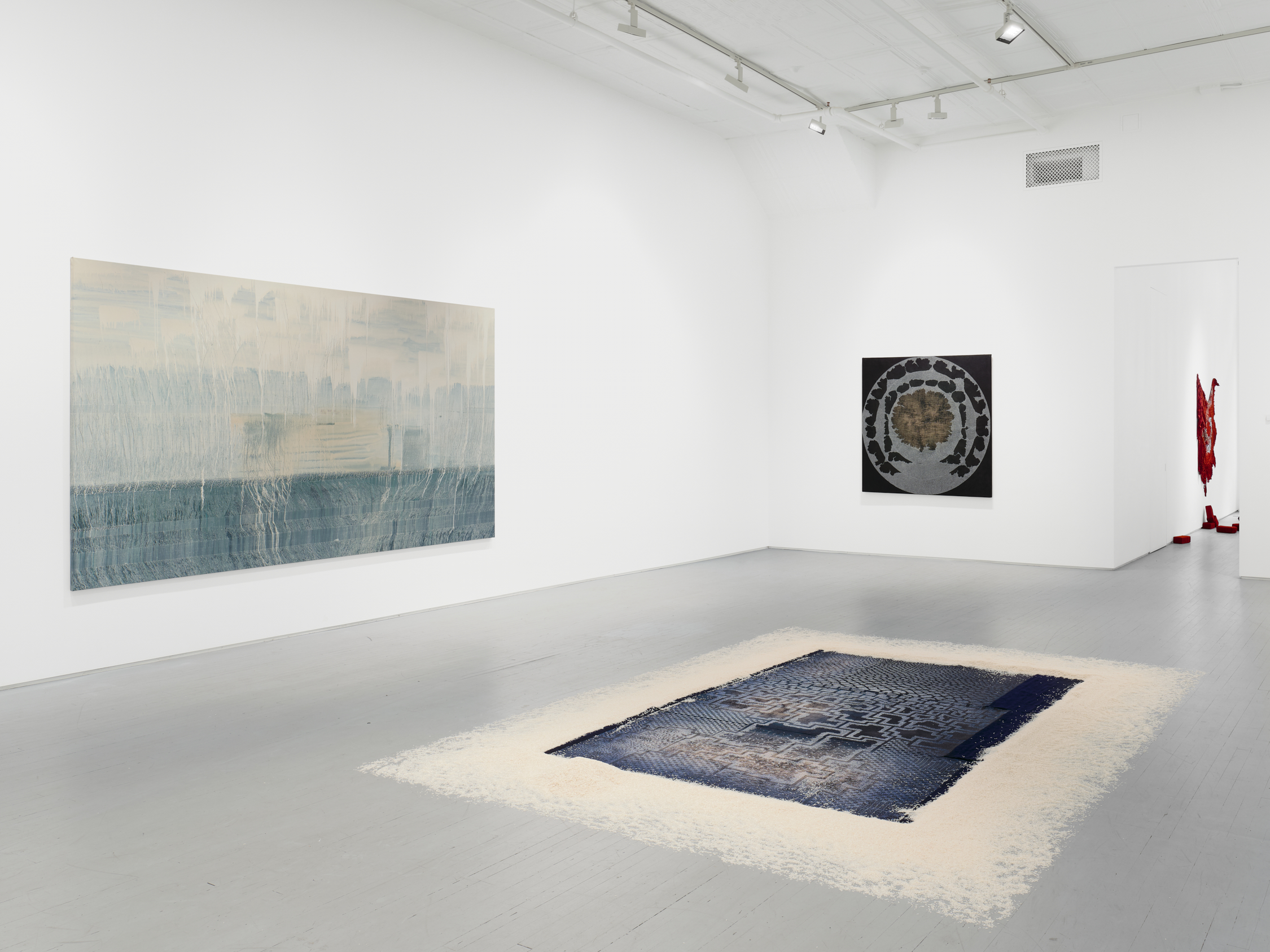
Installation view, Gestures of Infinity, James Fuentes, New York, 2025
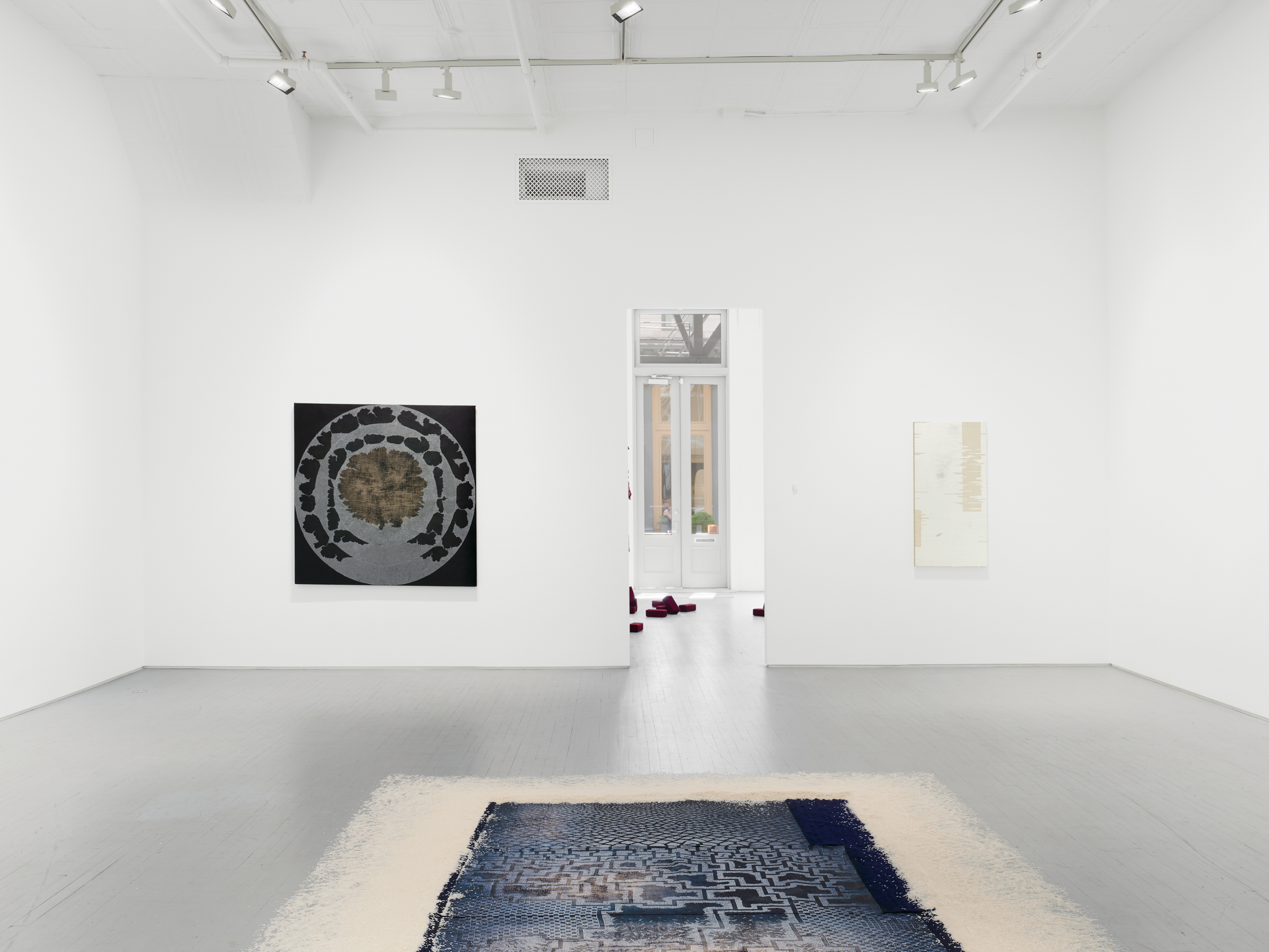
Installation view, Gestures of Infinity, James Fuentes, New York, 2025
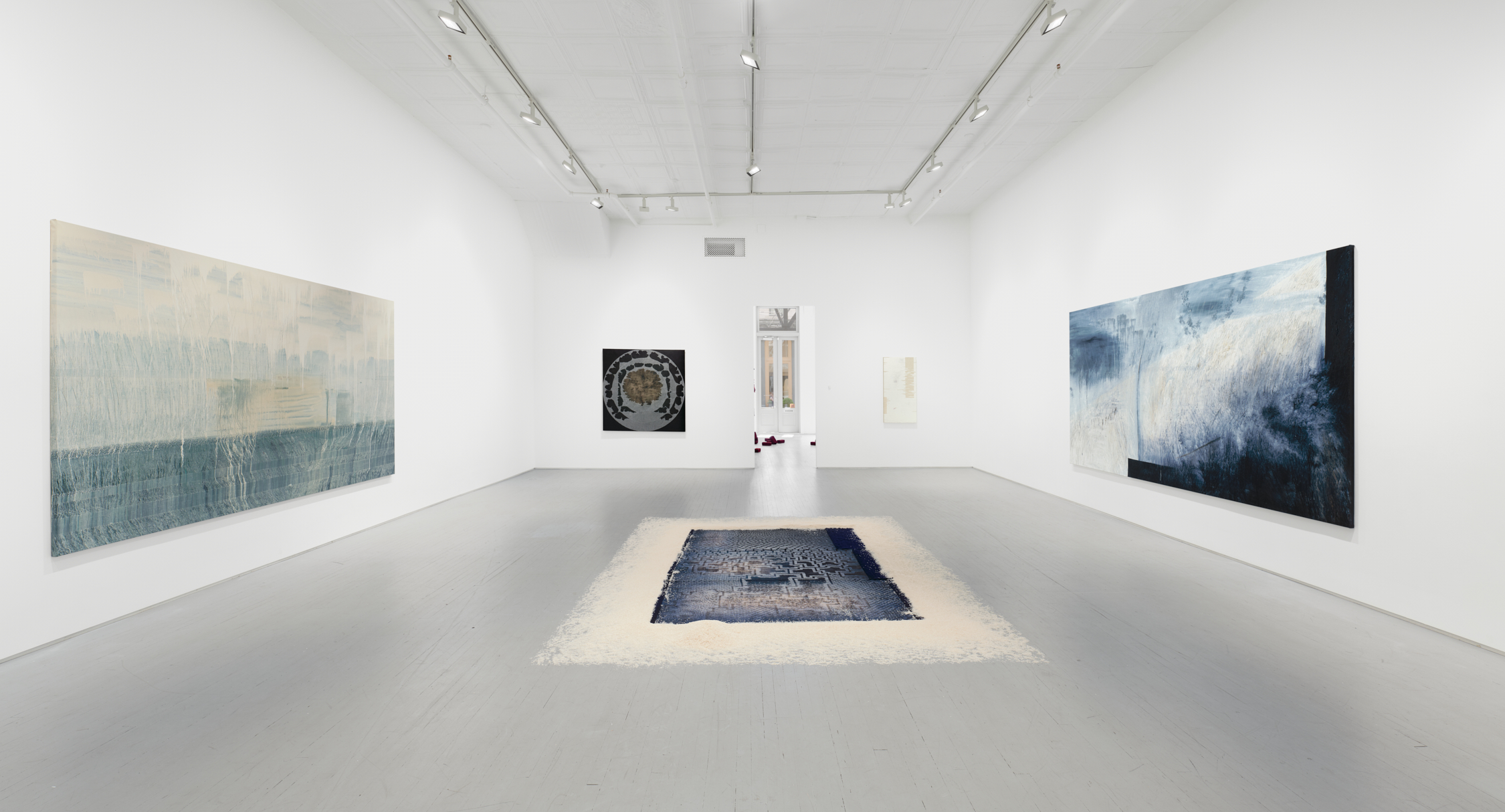
Installation view, Gestures of Infinity, James Fuentes, New York, 2025
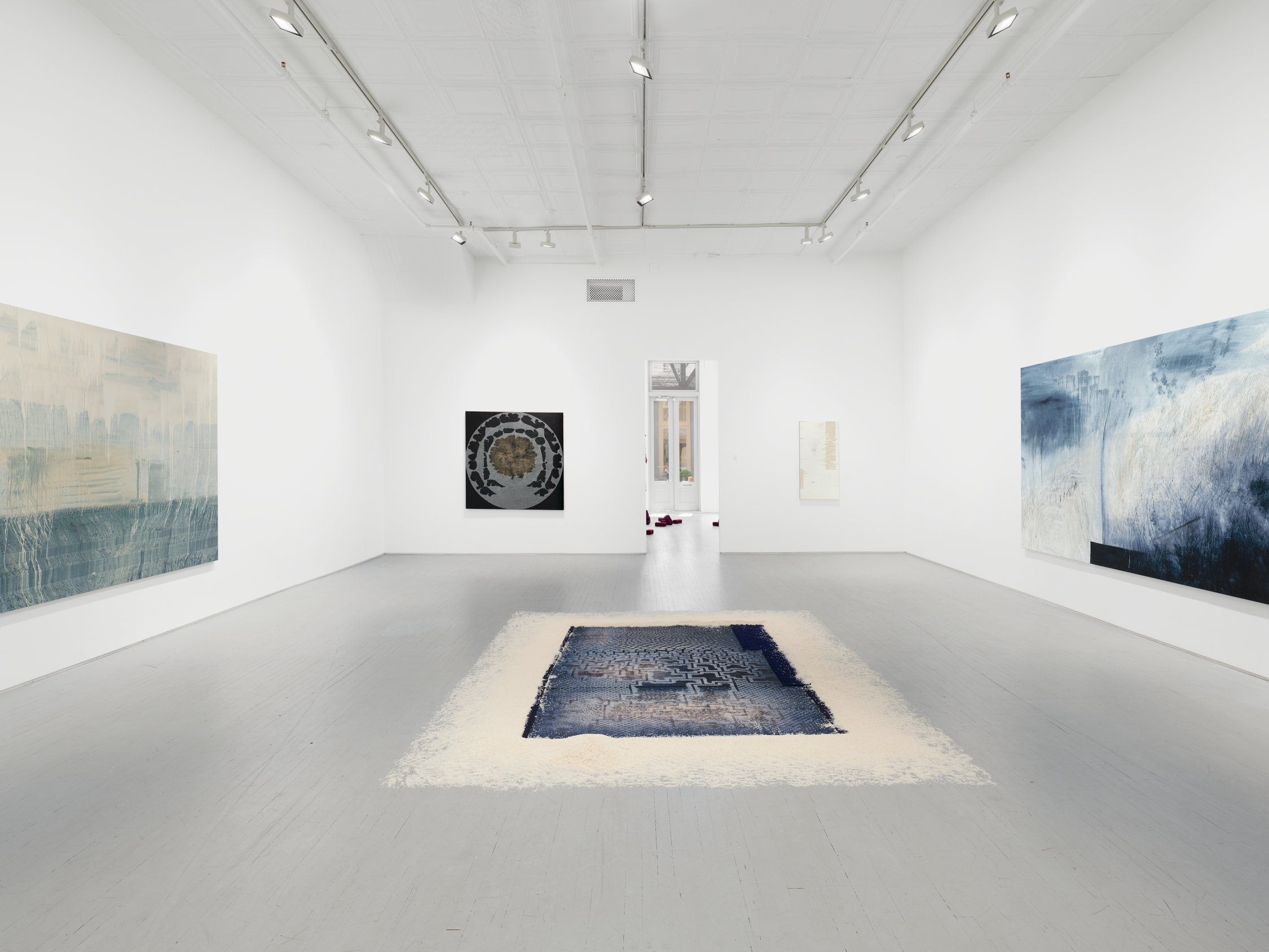
Installation view, Gestures of Infinity, James Fuentes, New York, 2025
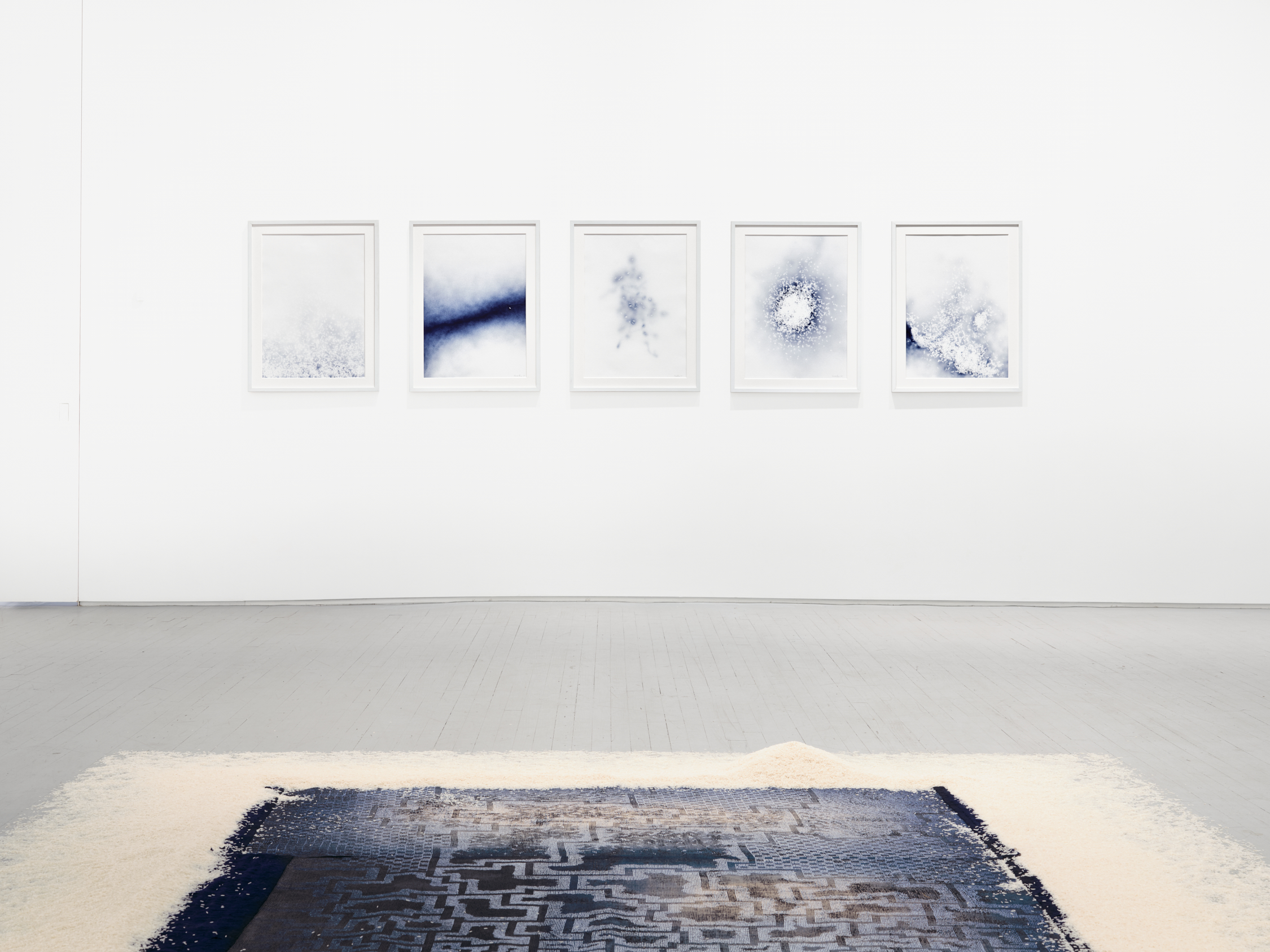
Installation view, Gestures of Infinity, James Fuentes, New York, 2025
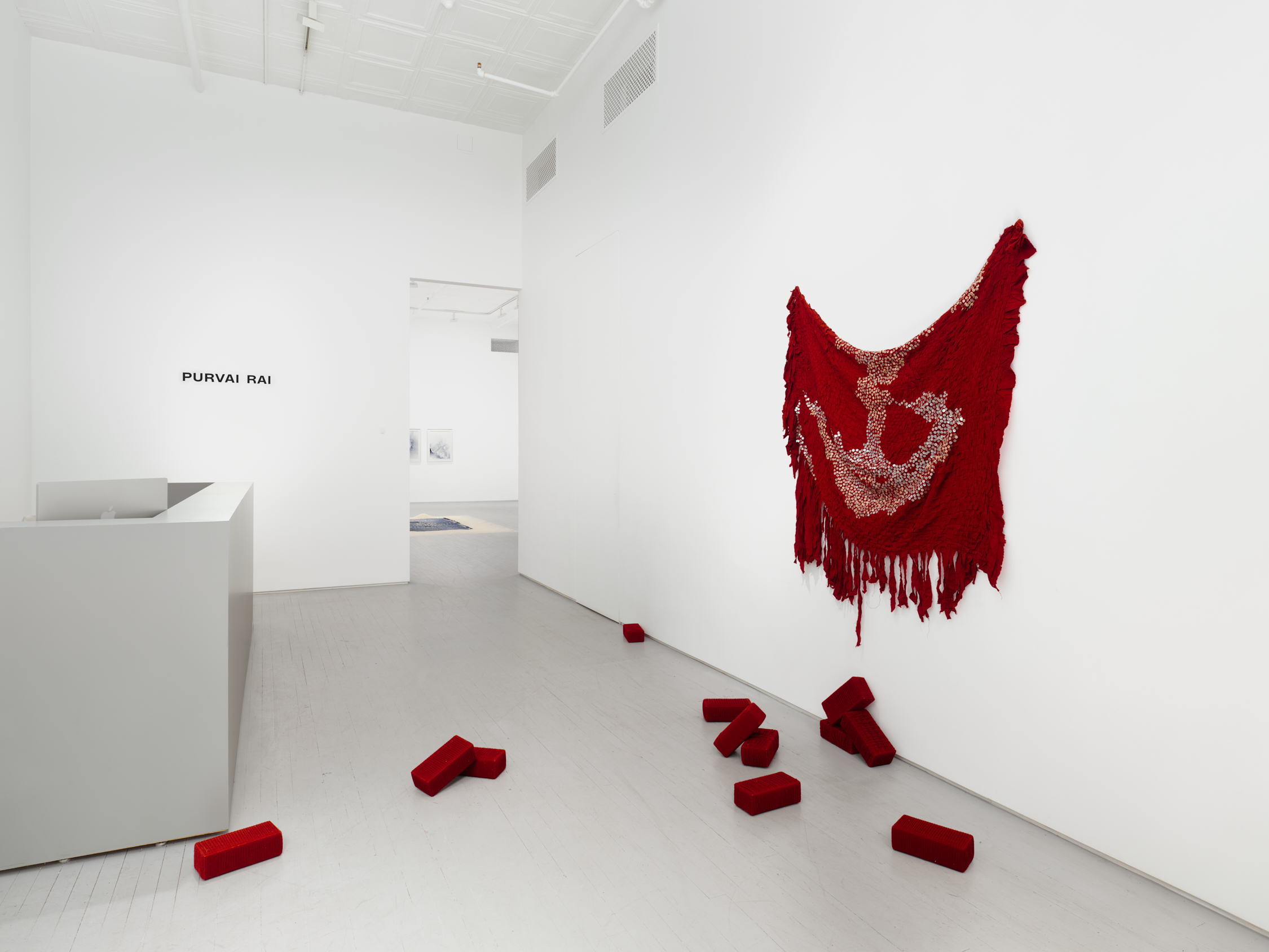
Installation view, Gestures of Infinity, James Fuentes, New York, 2025
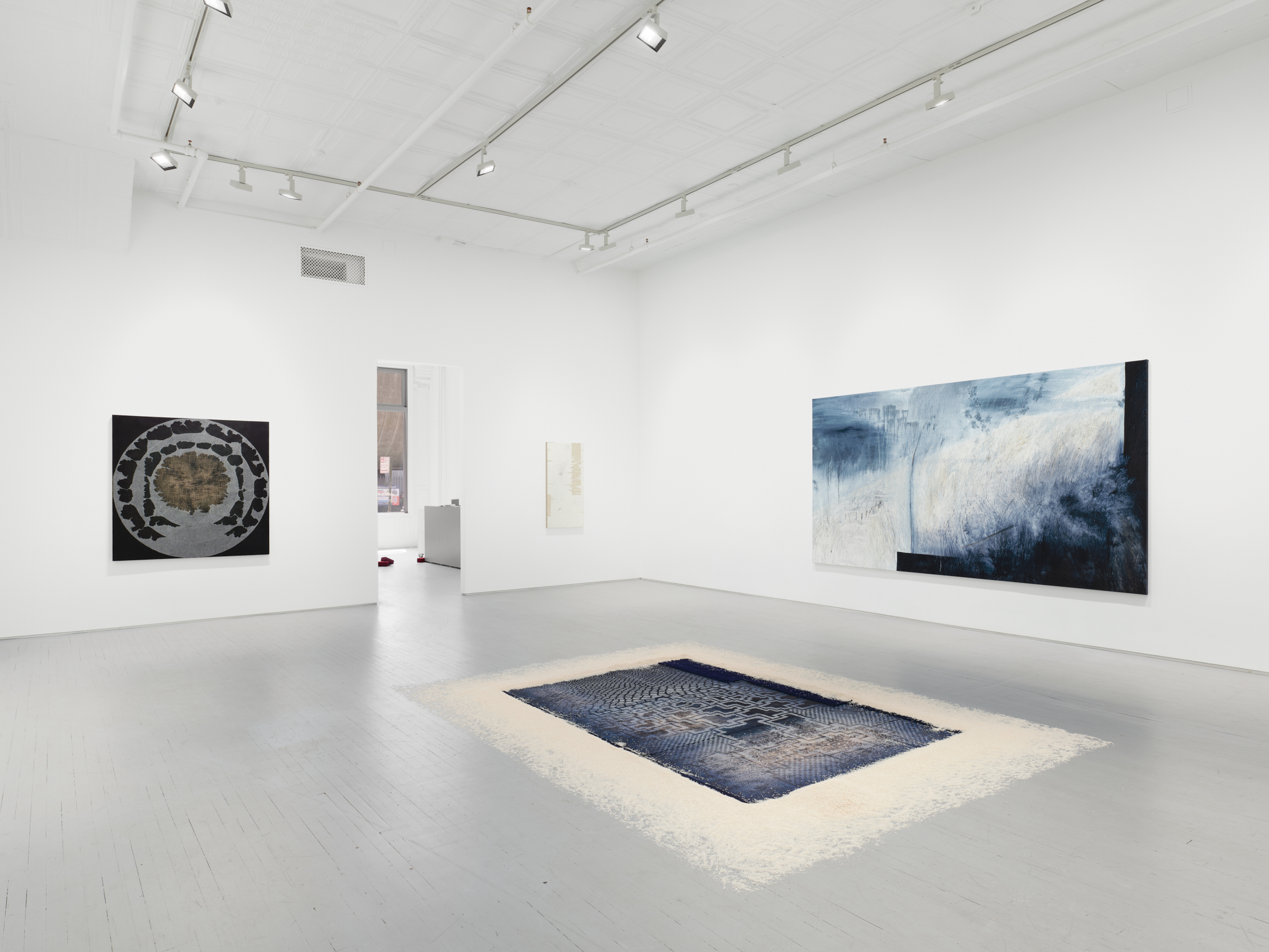
Installation view, Gestures of Infinity, James Fuentes, New York, 2025
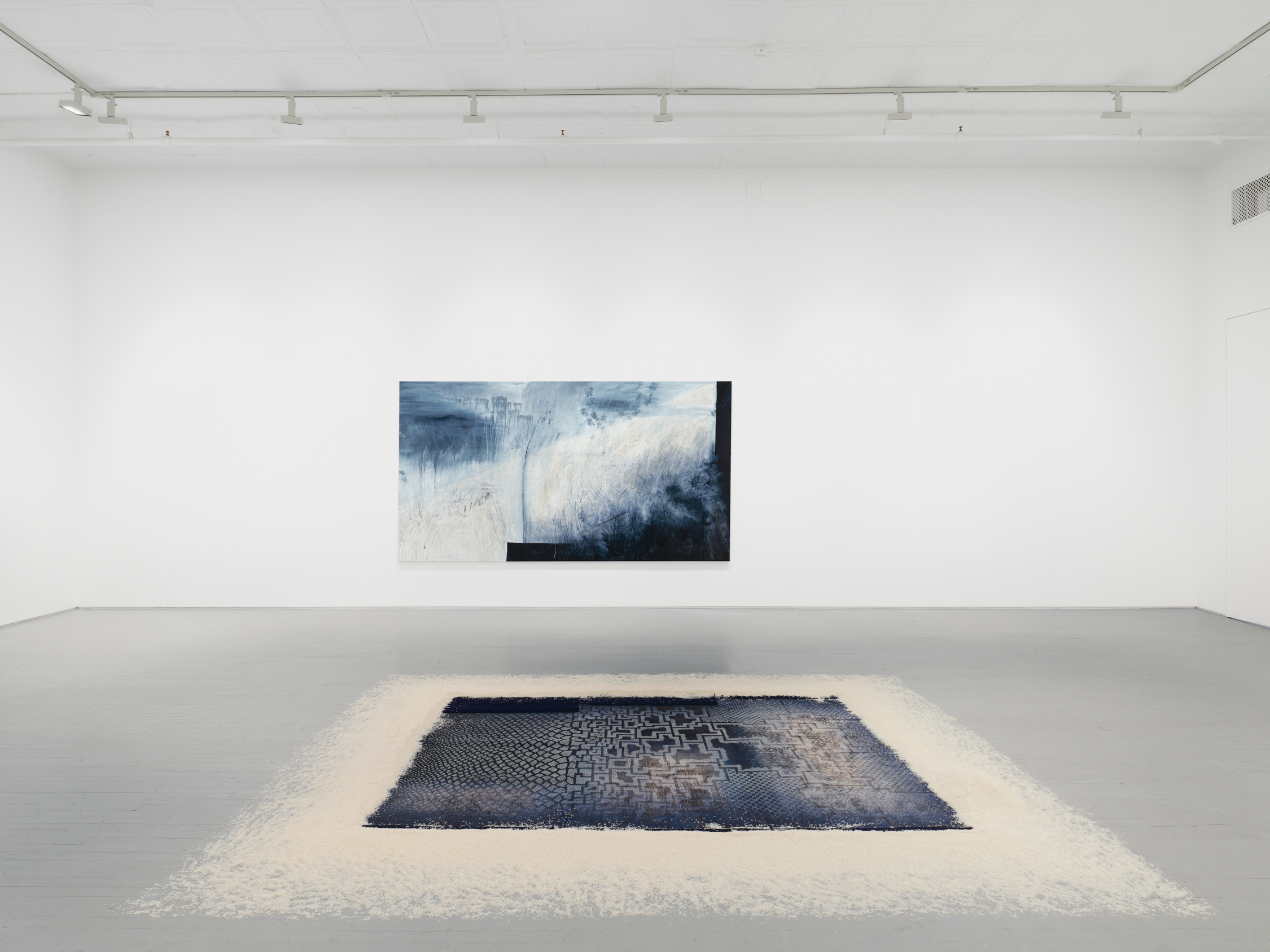
Installation view, Gestures of Infinity, James Fuentes, New York, 2025
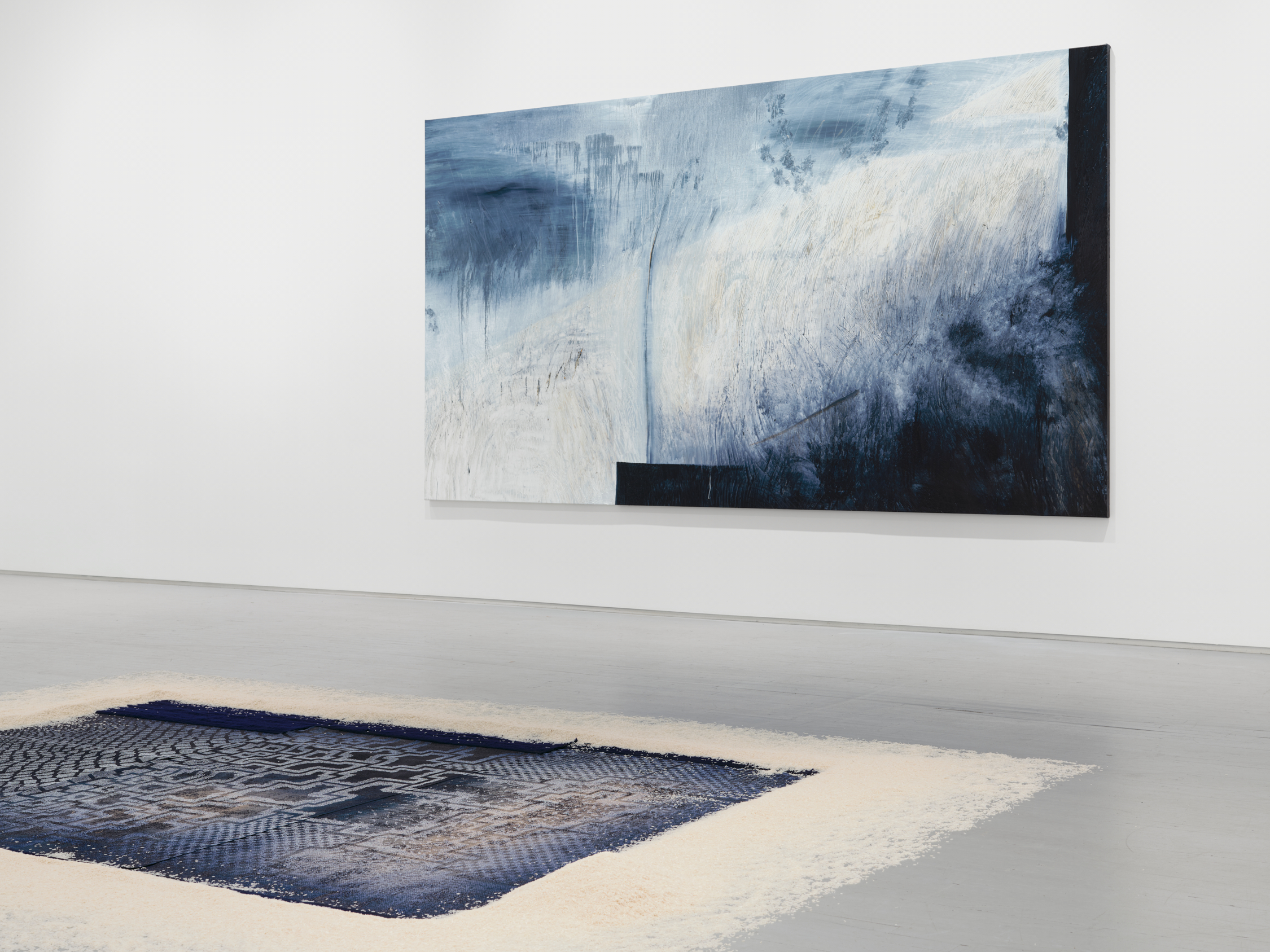
Installation view, Gestures of Infinity, James Fuentes, New York, 2025
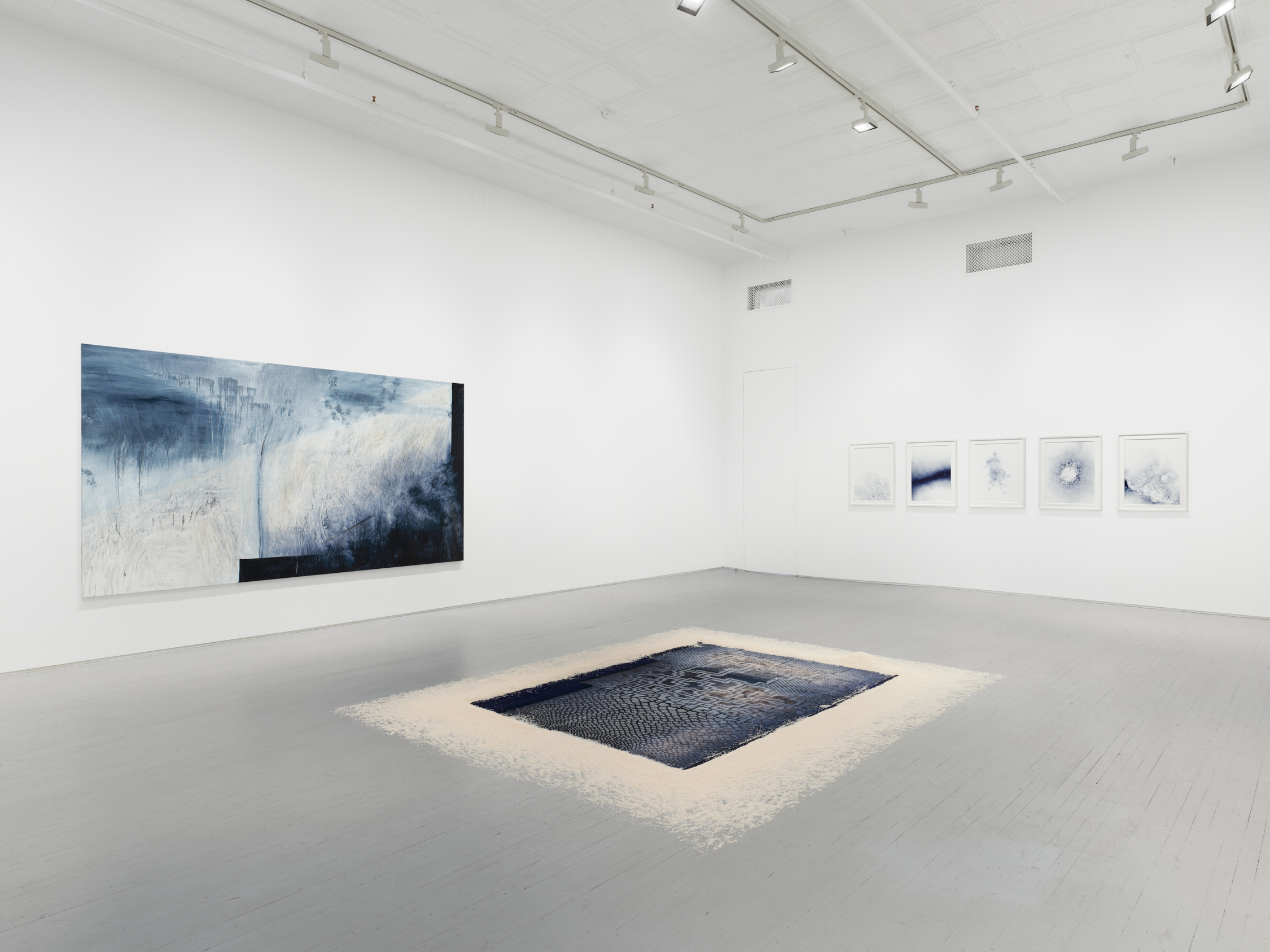
Installation view, Gestures of Infinity, James Fuentes, New York, 2025